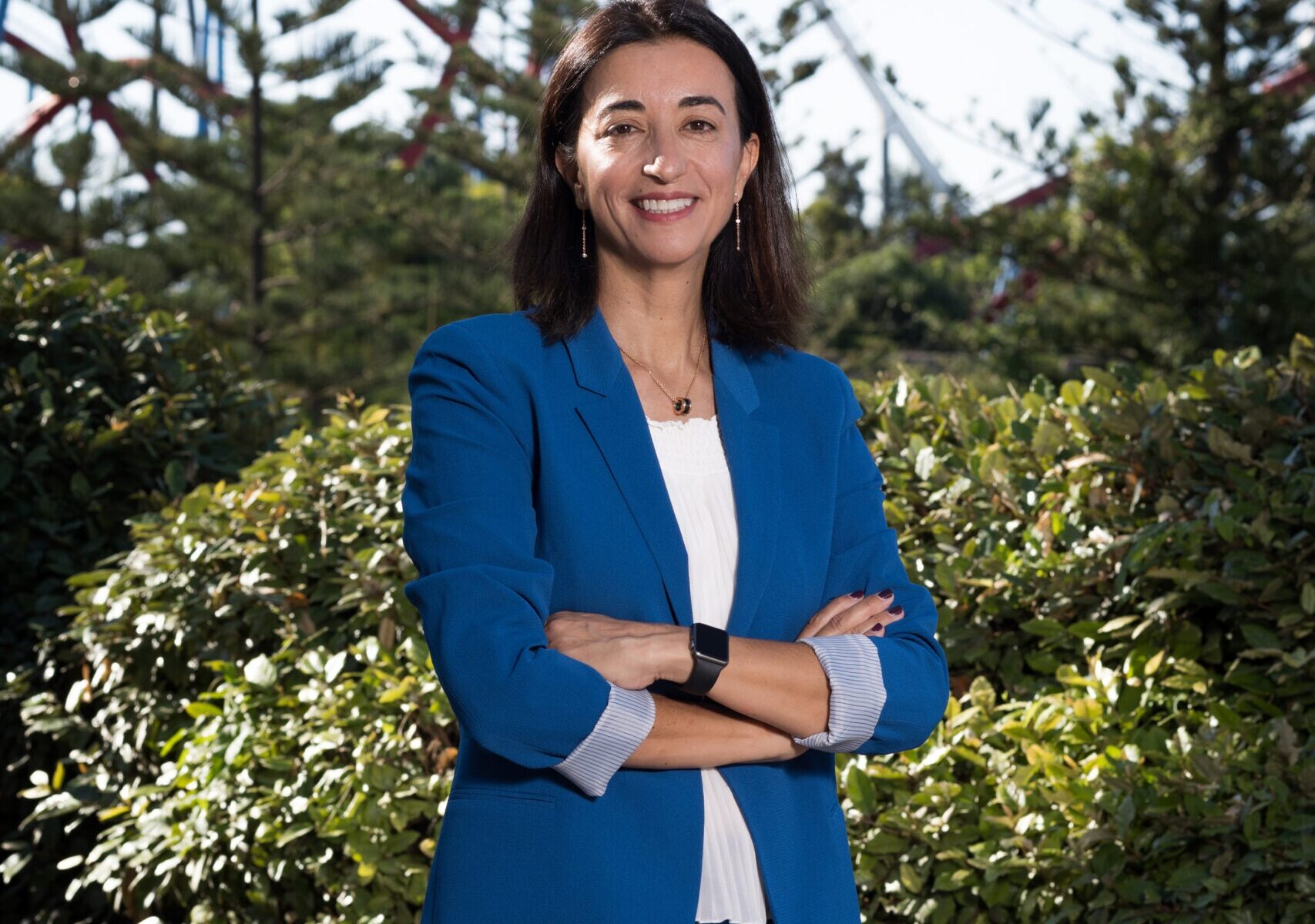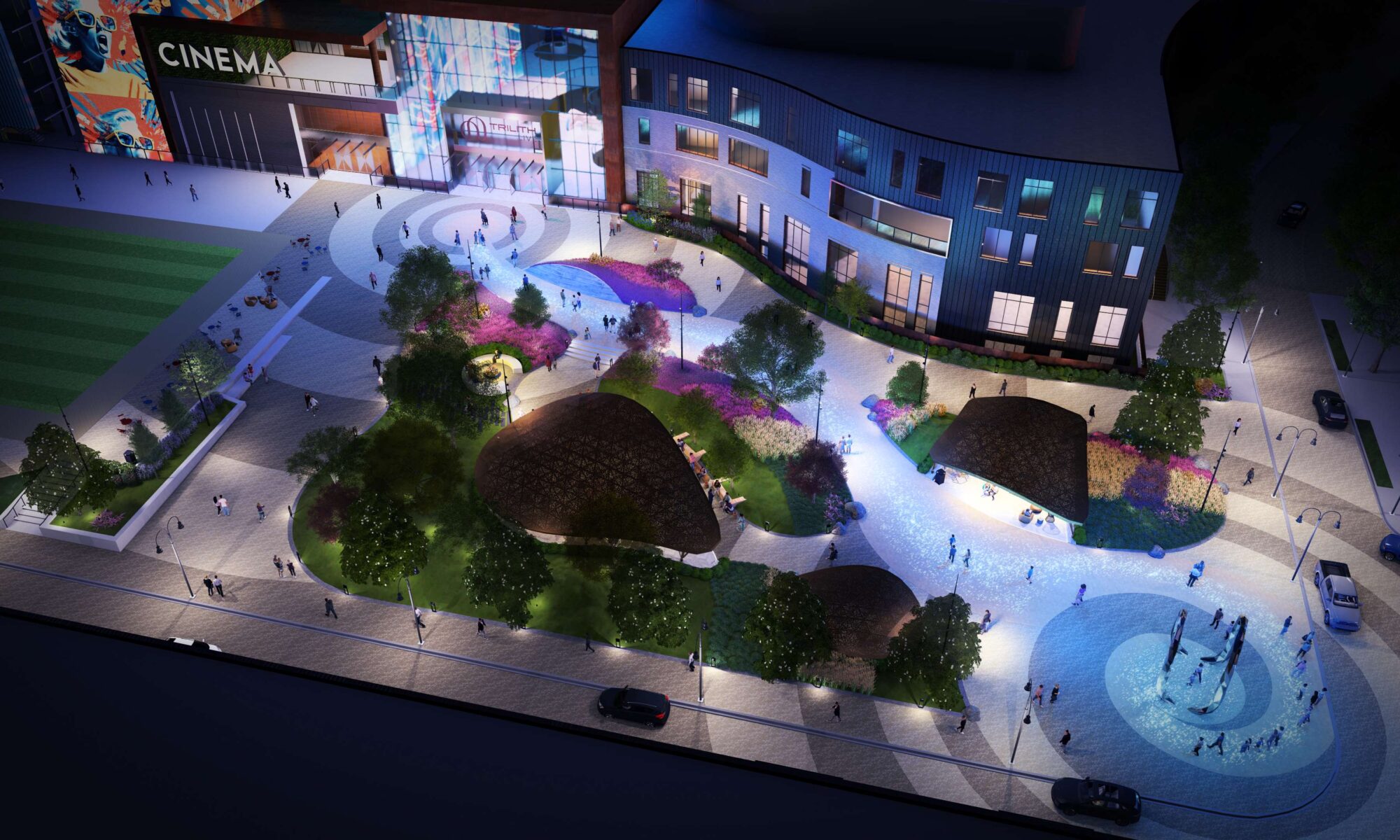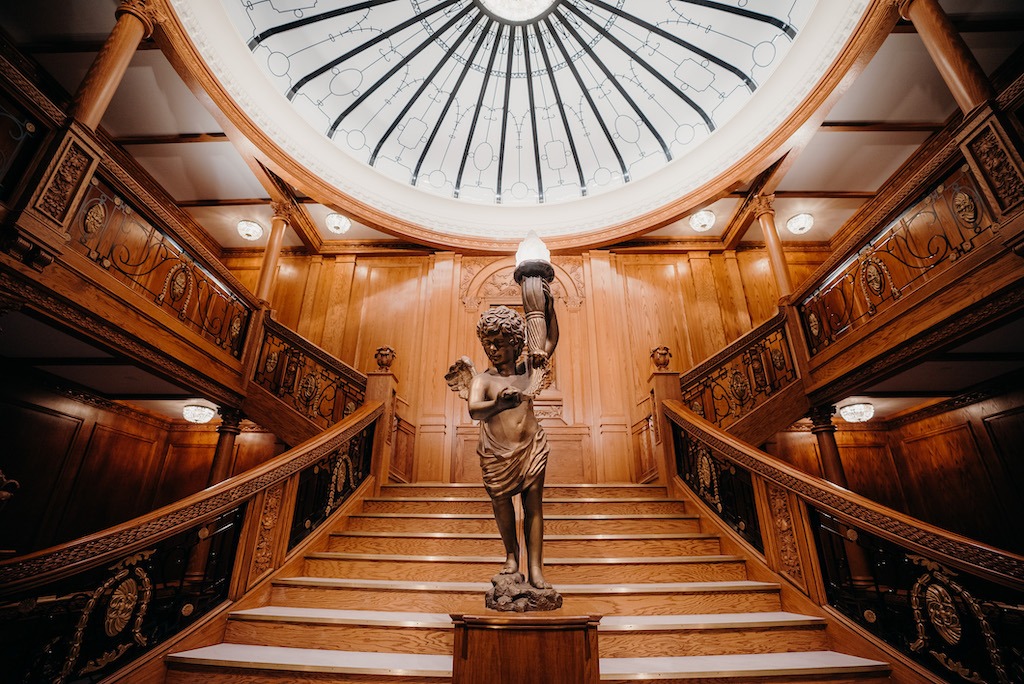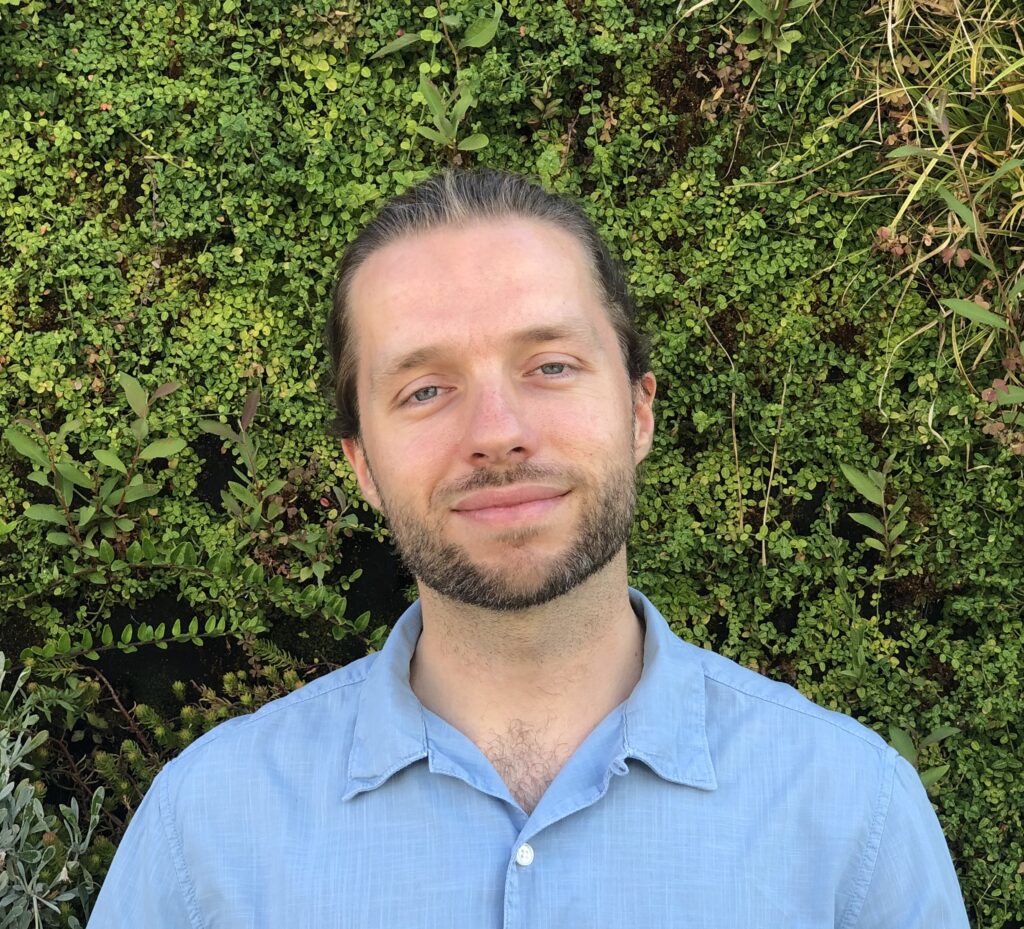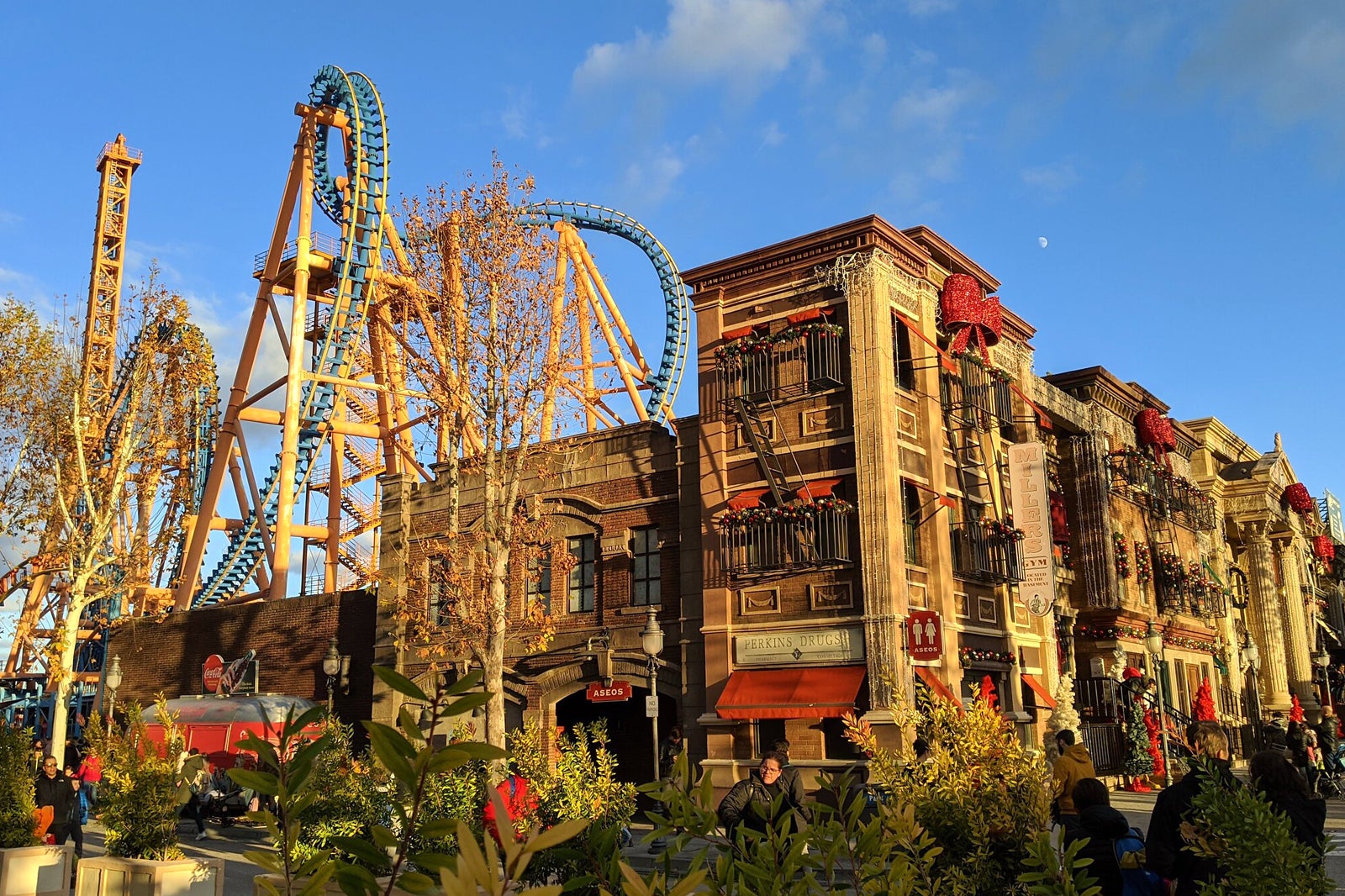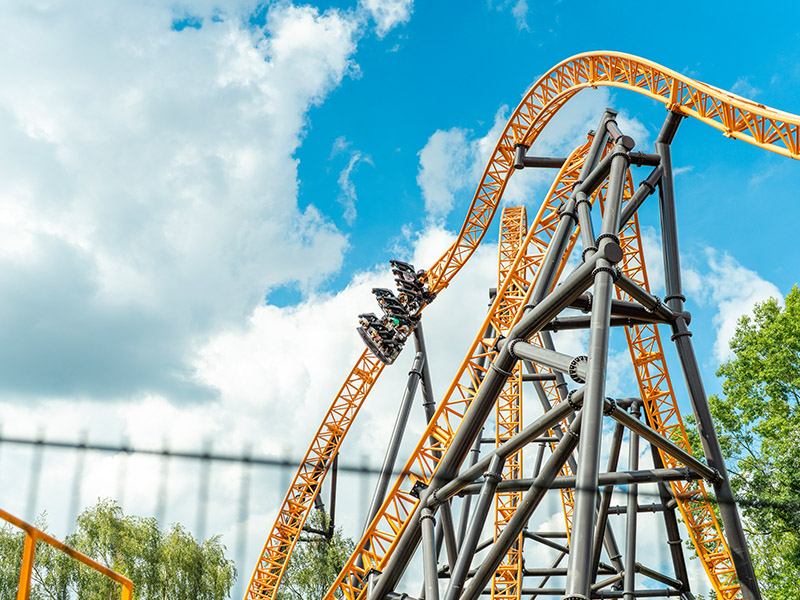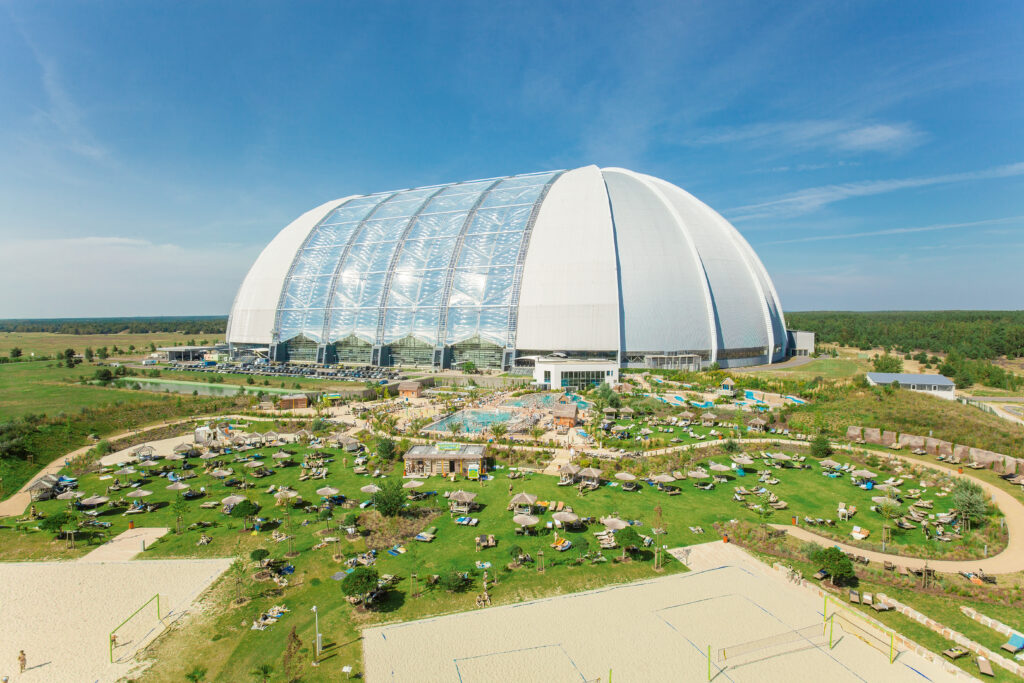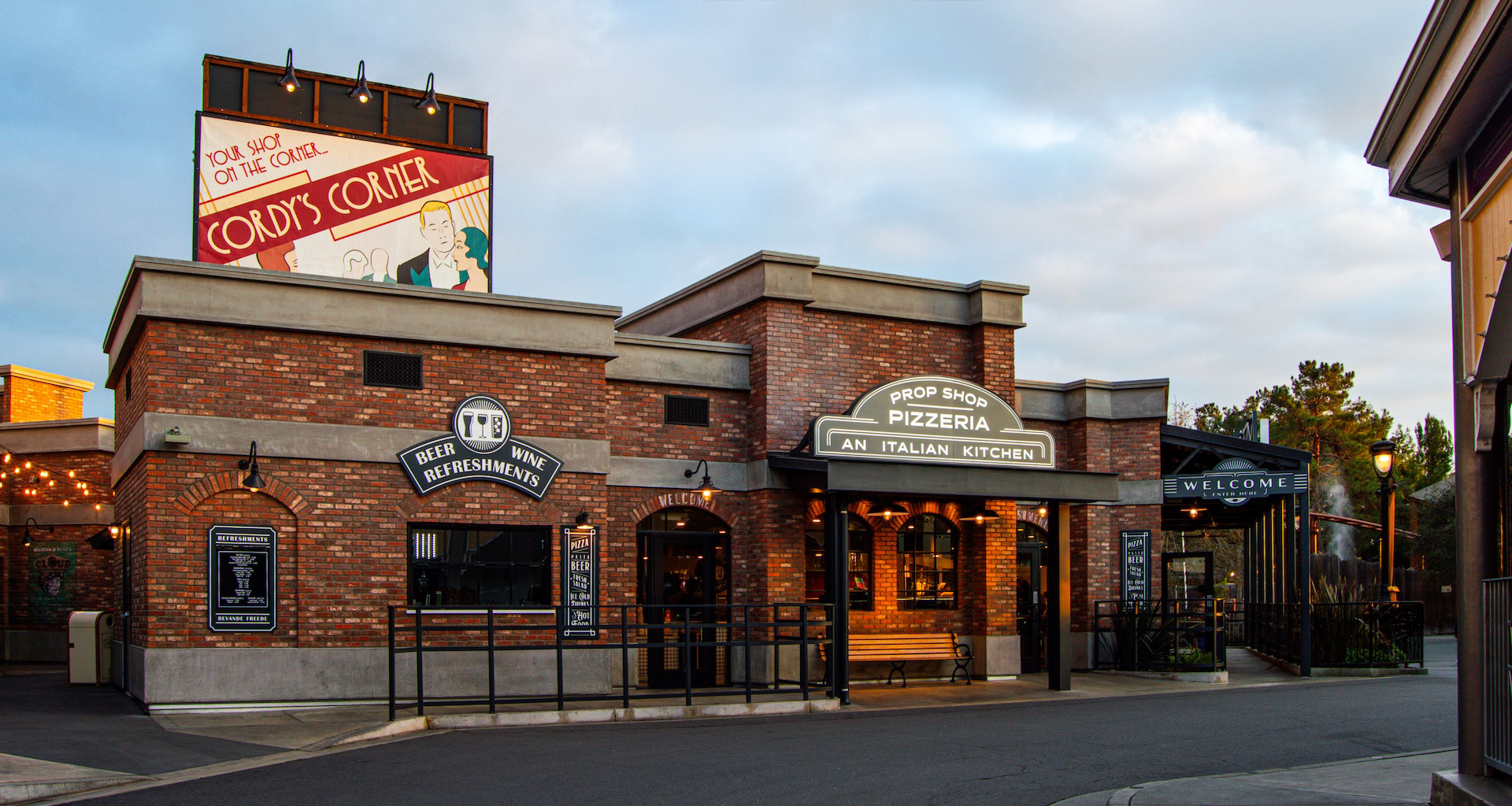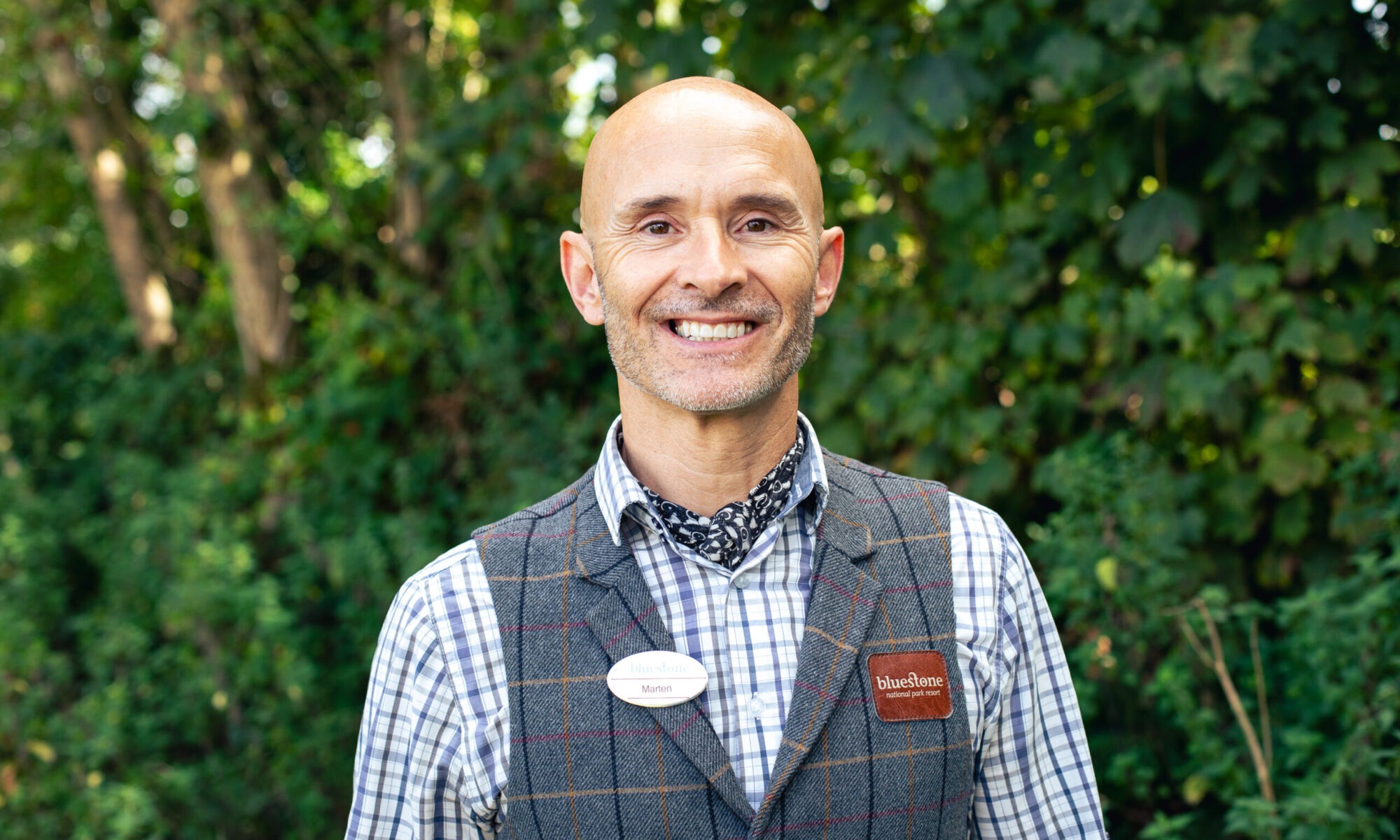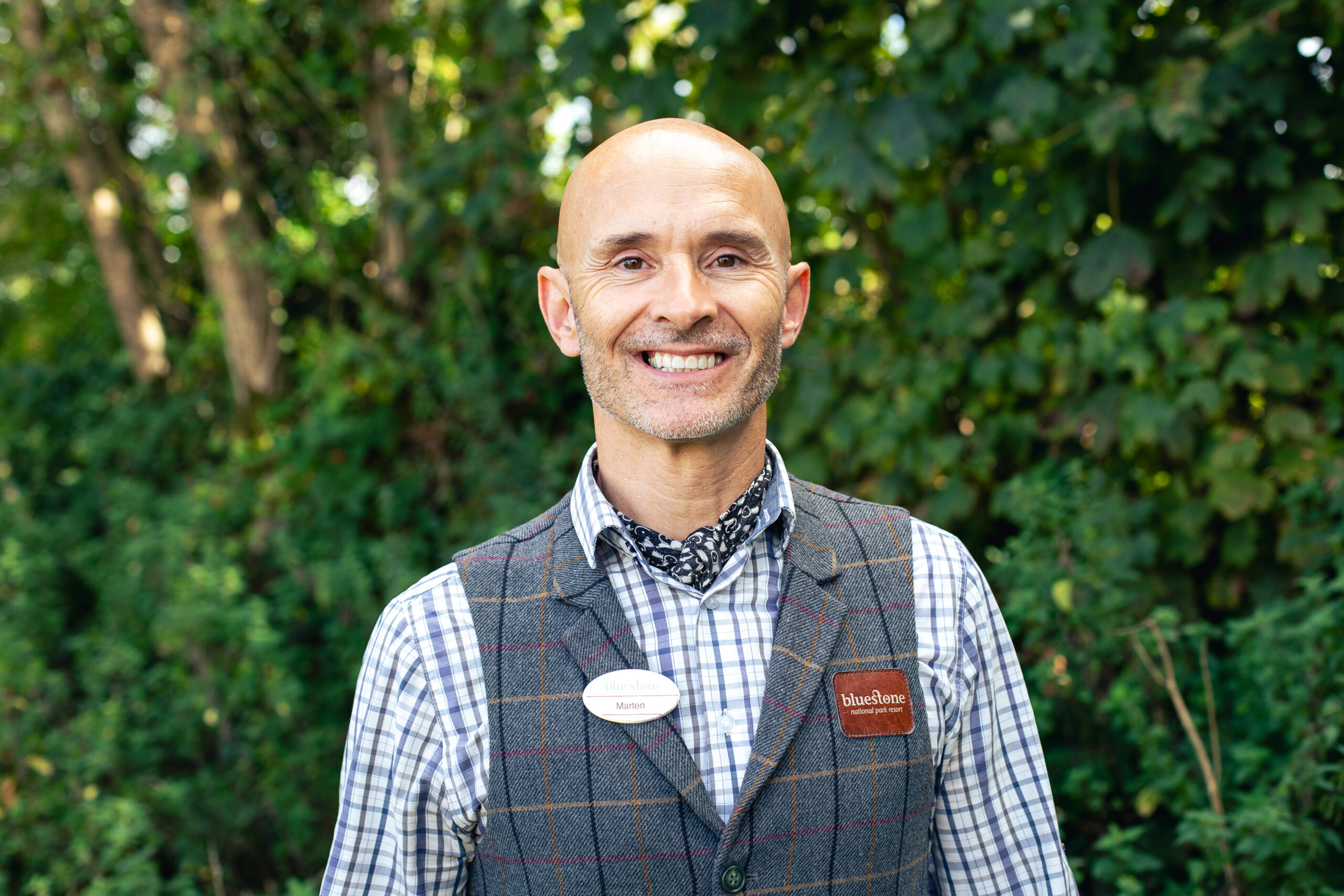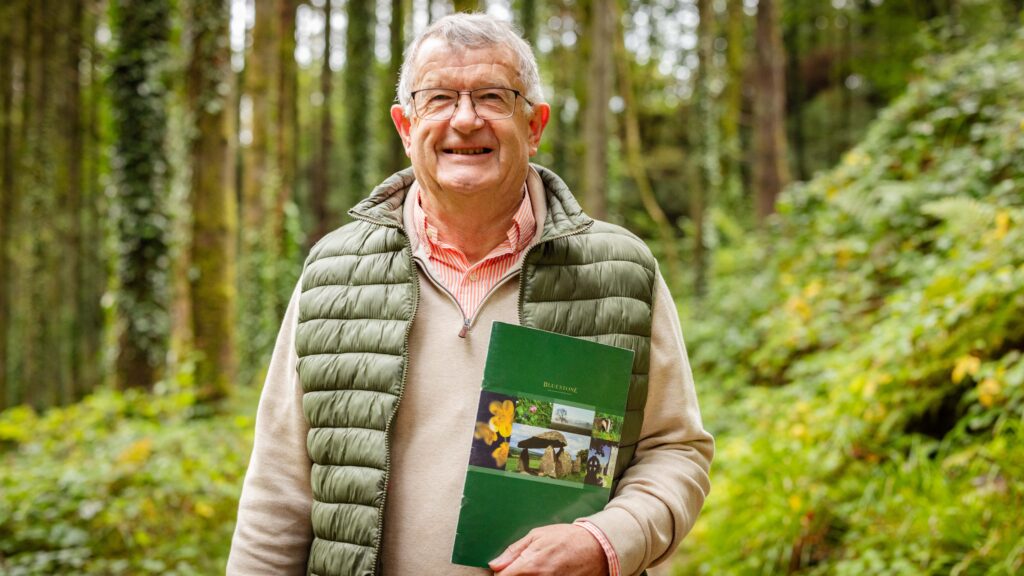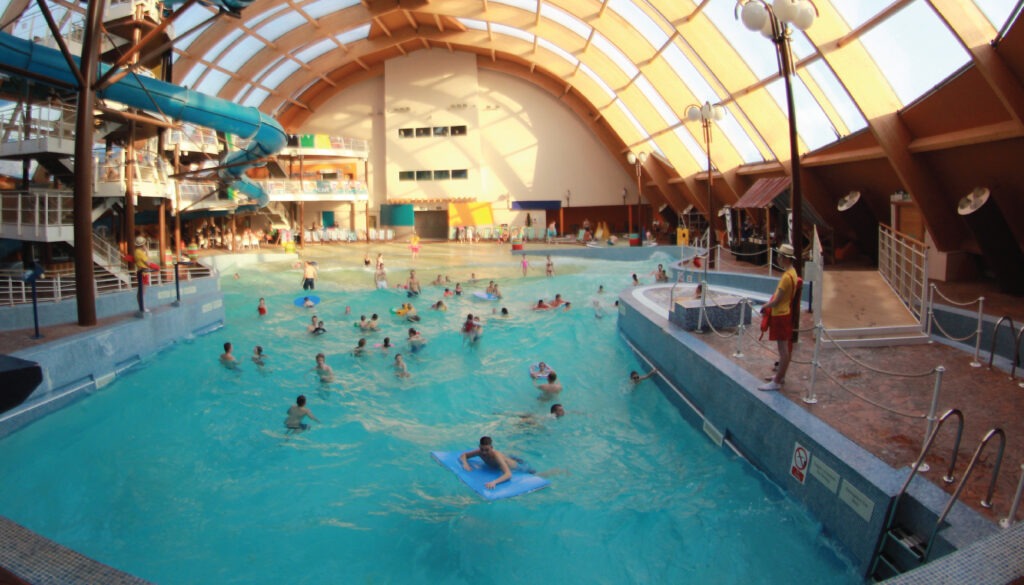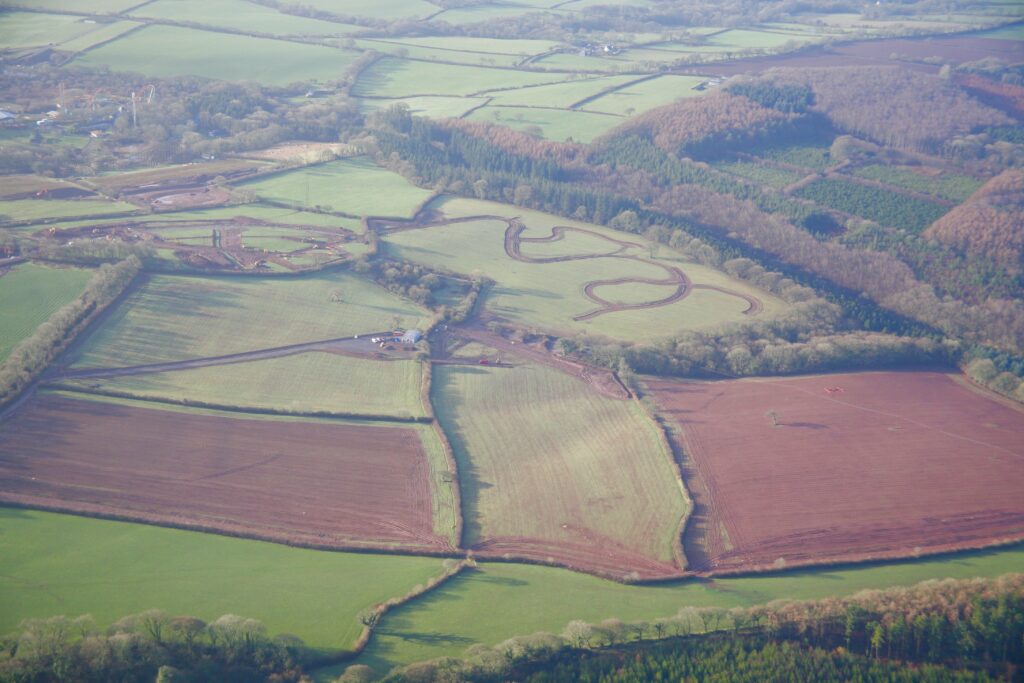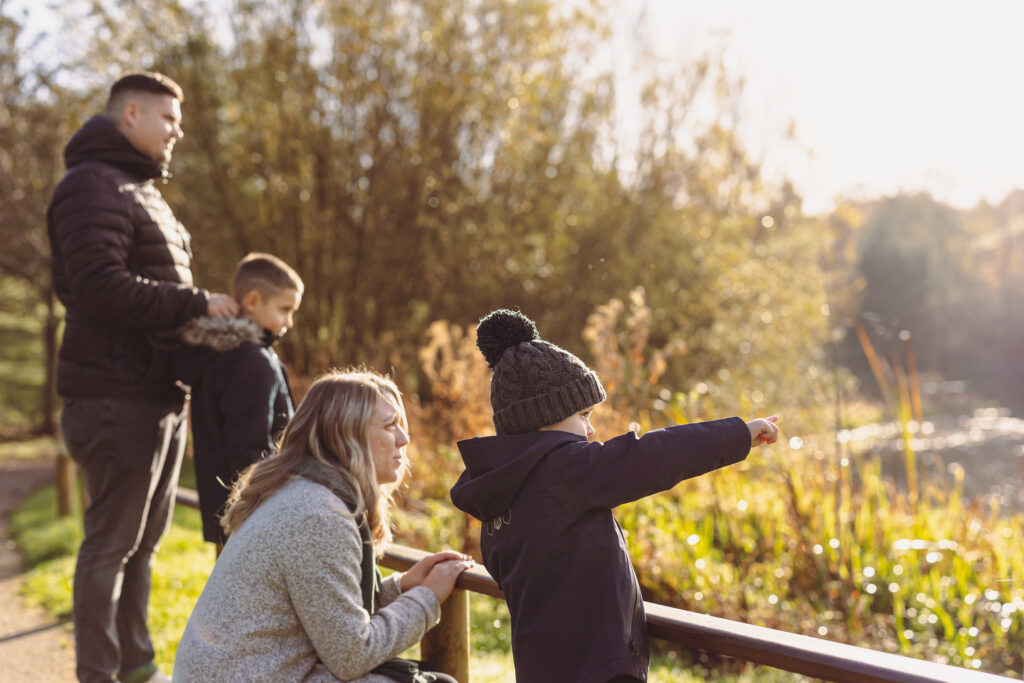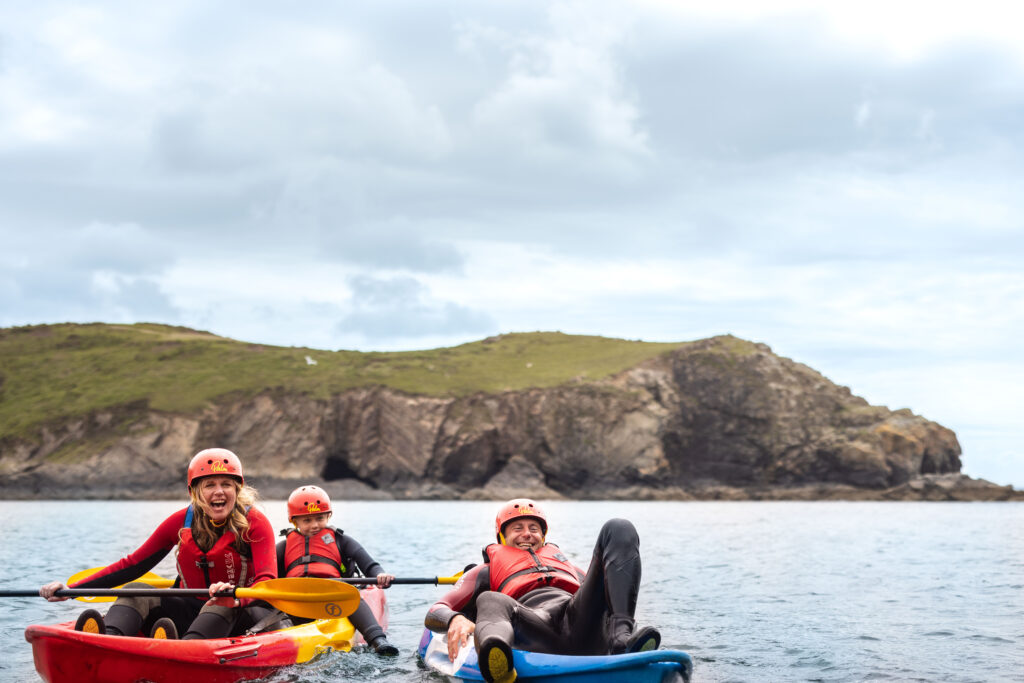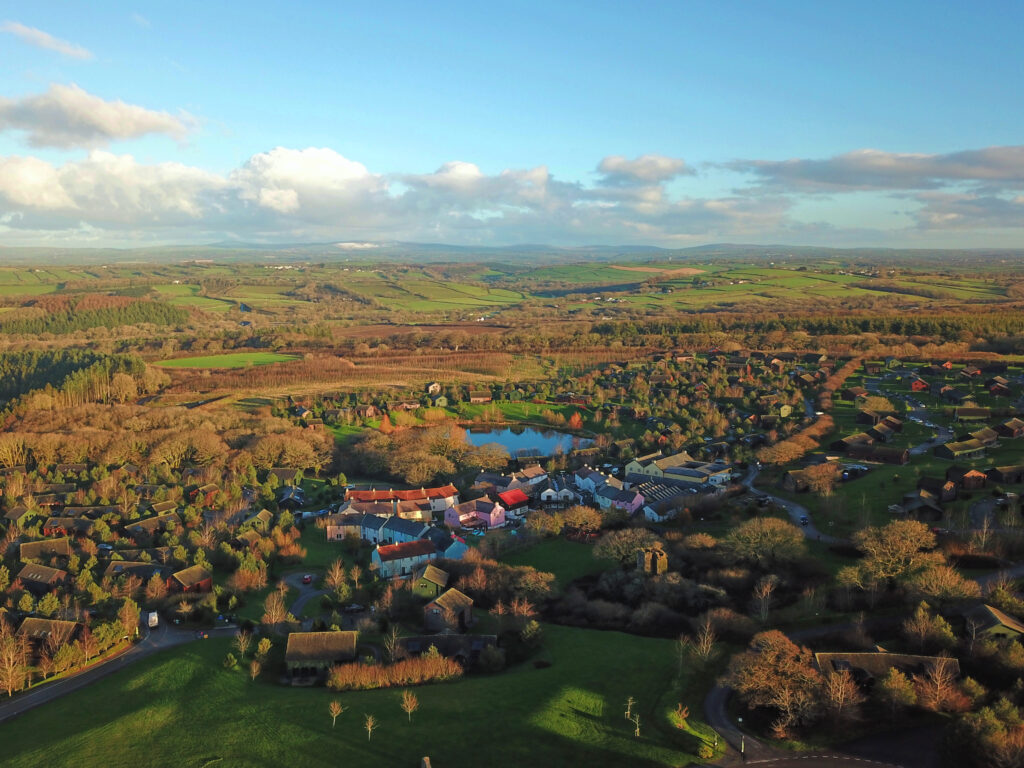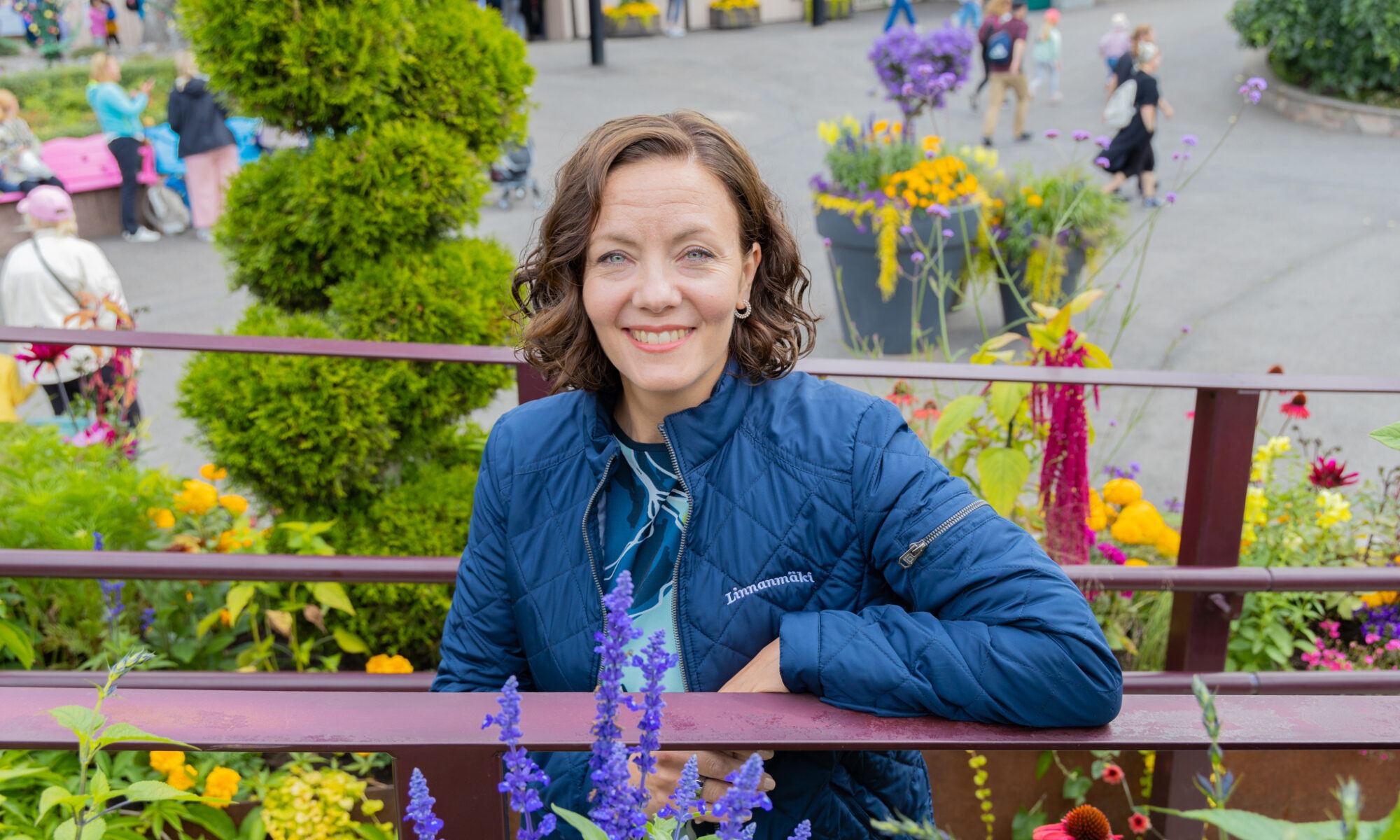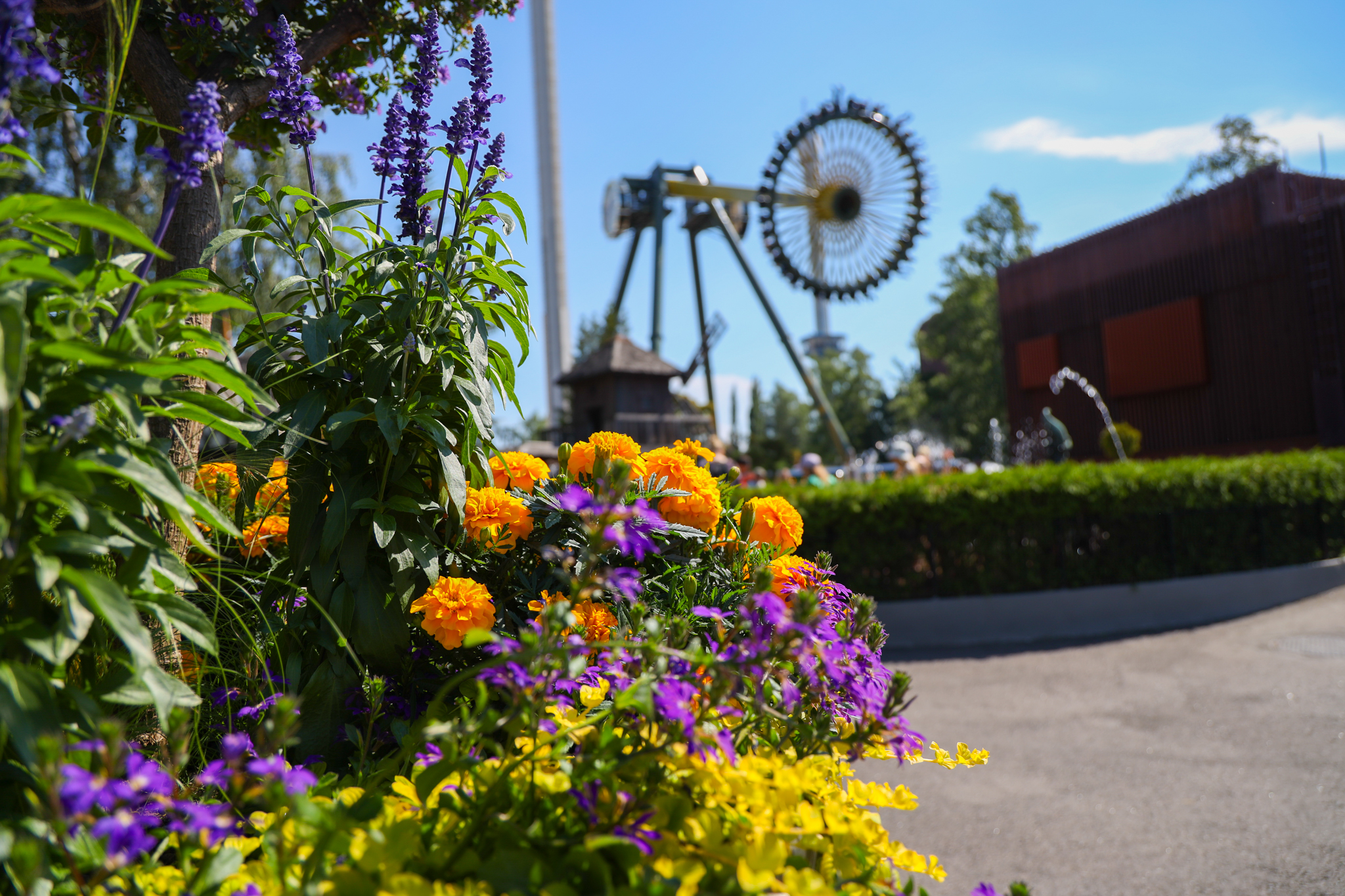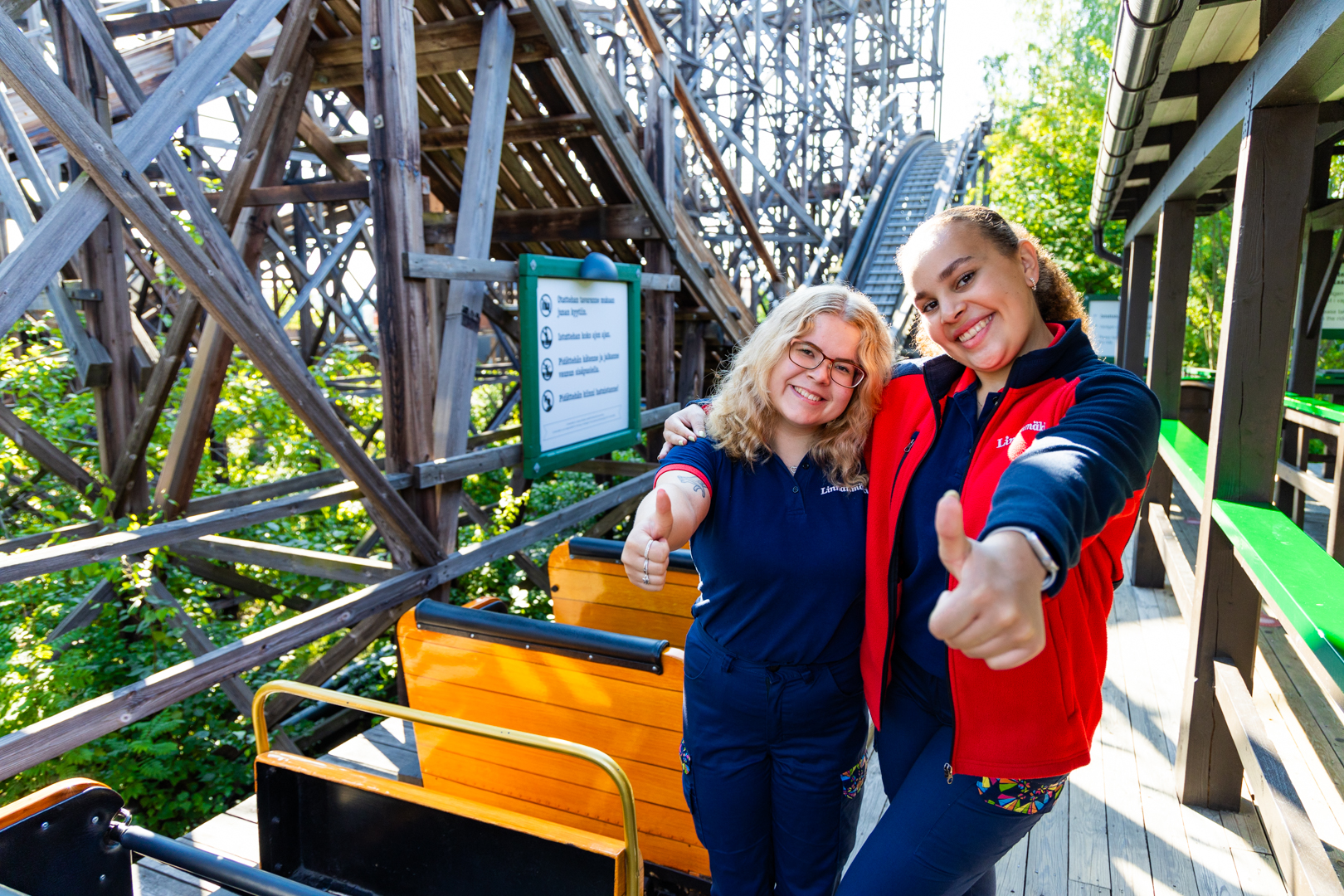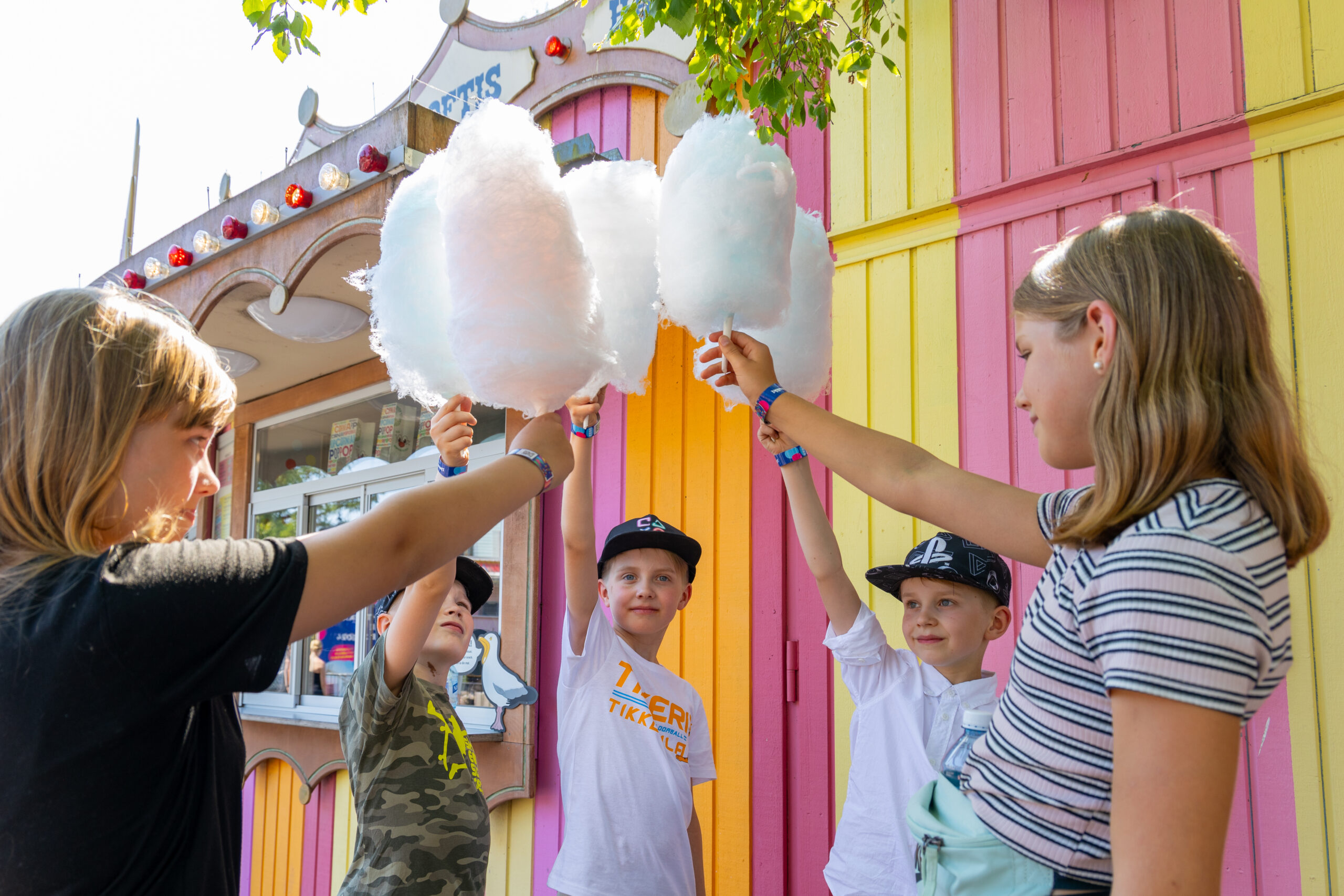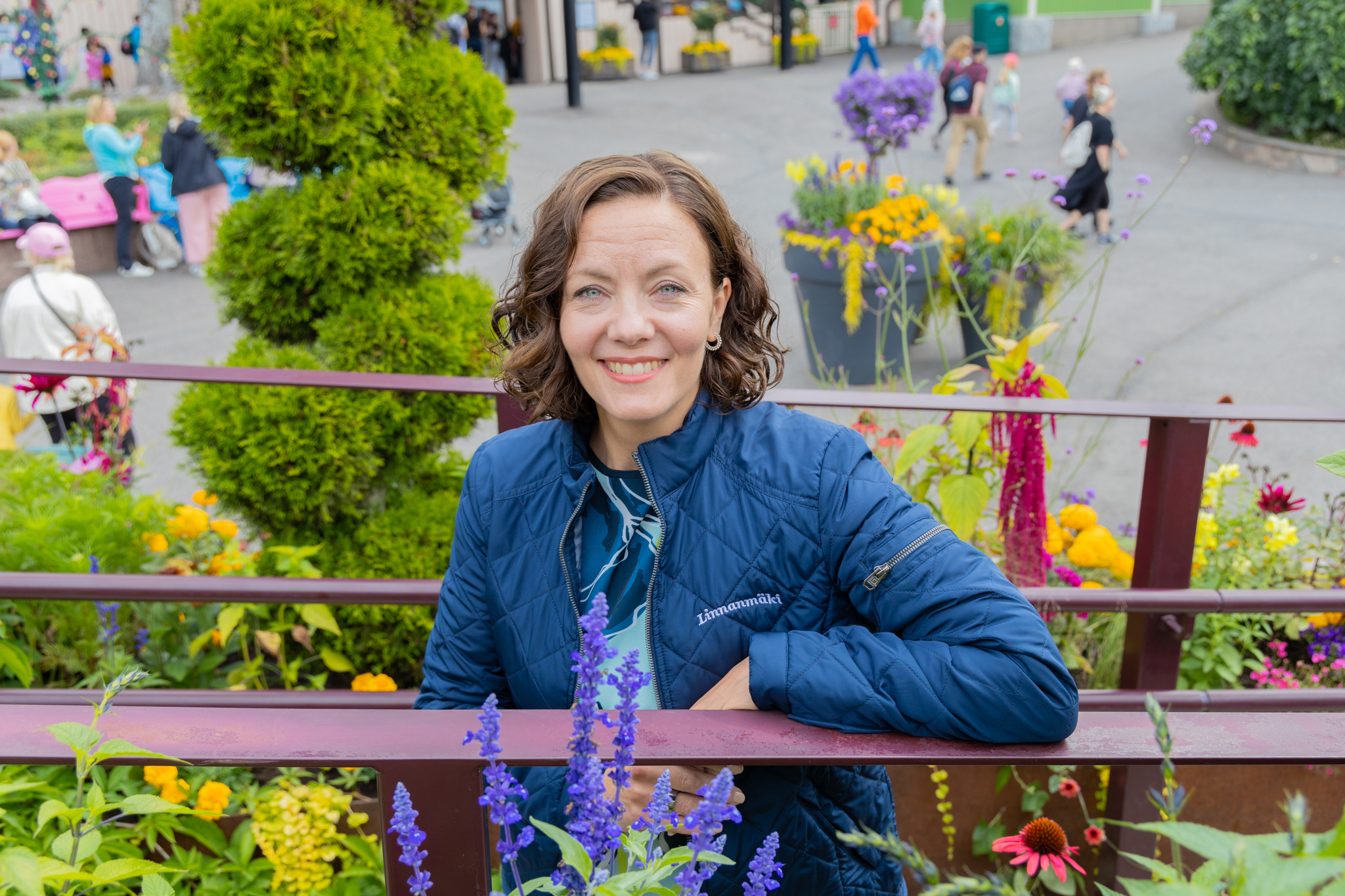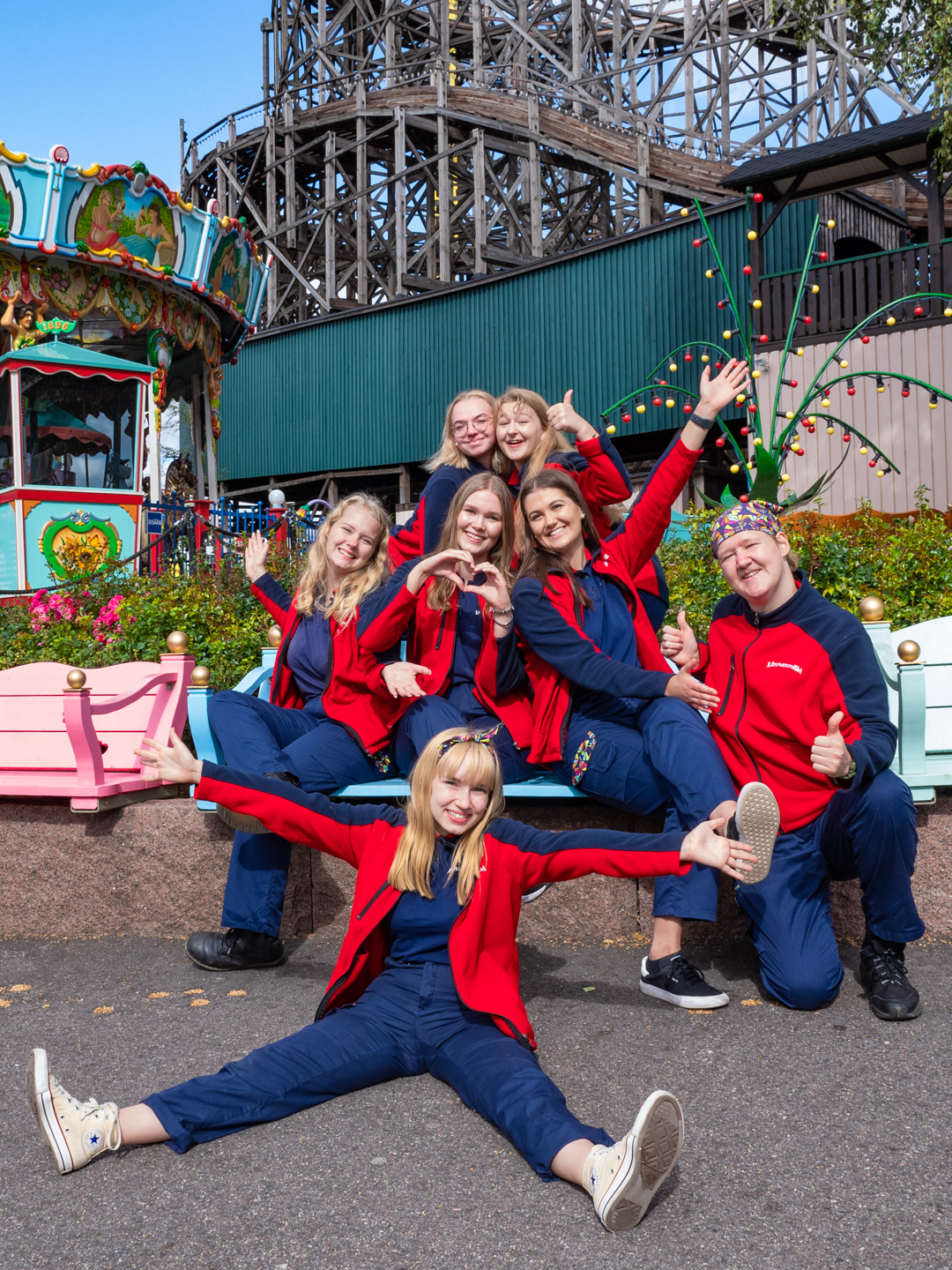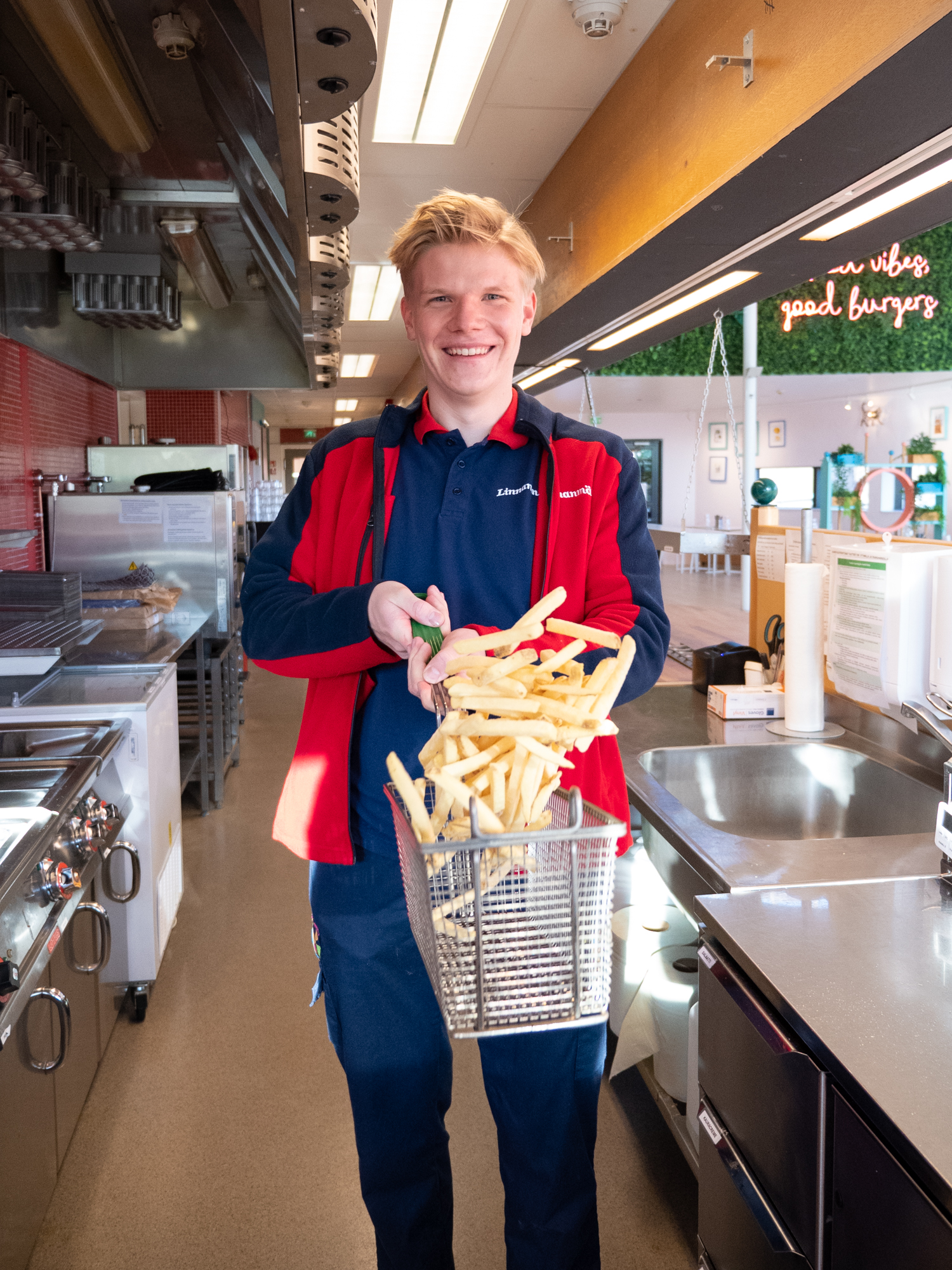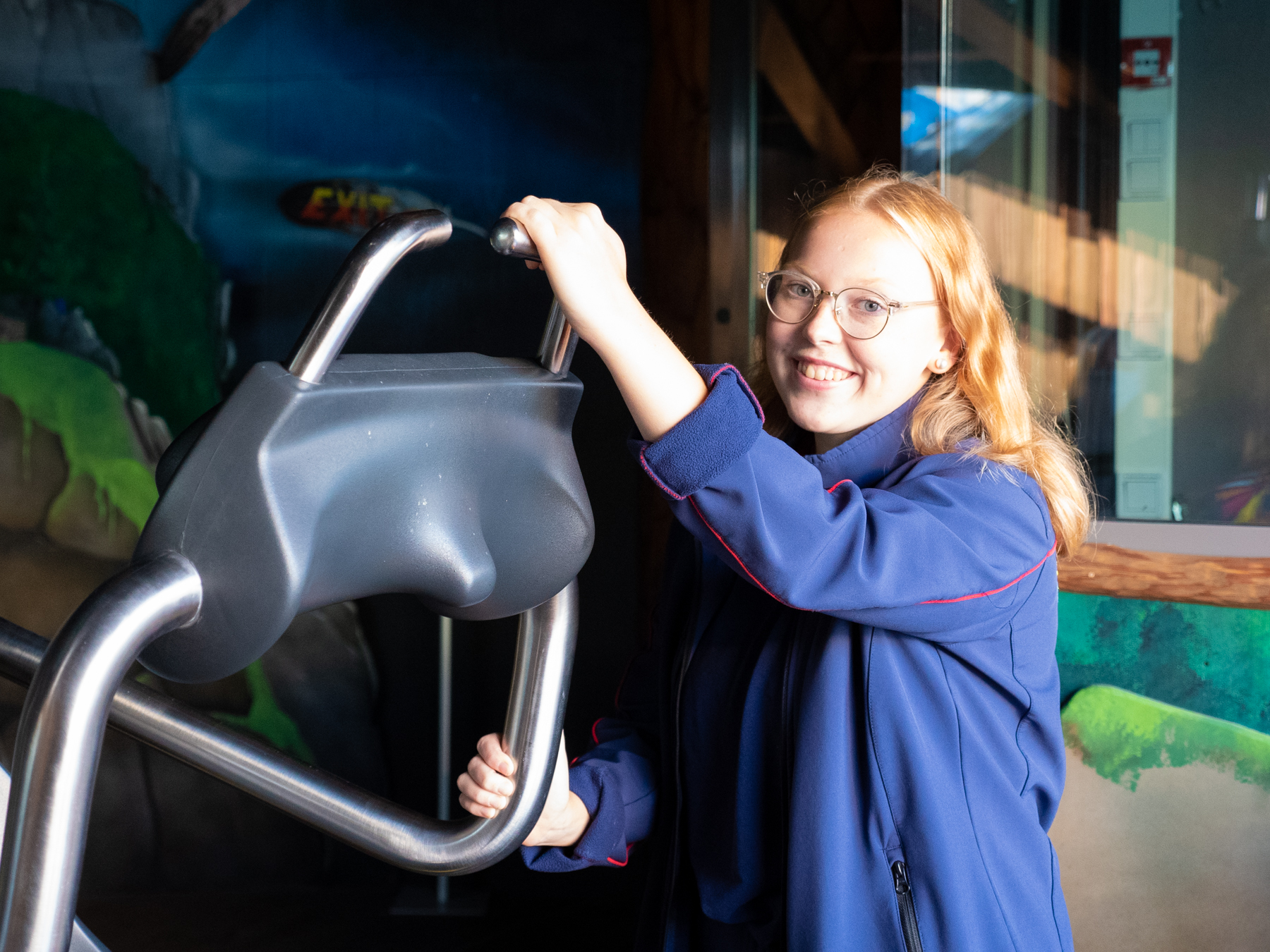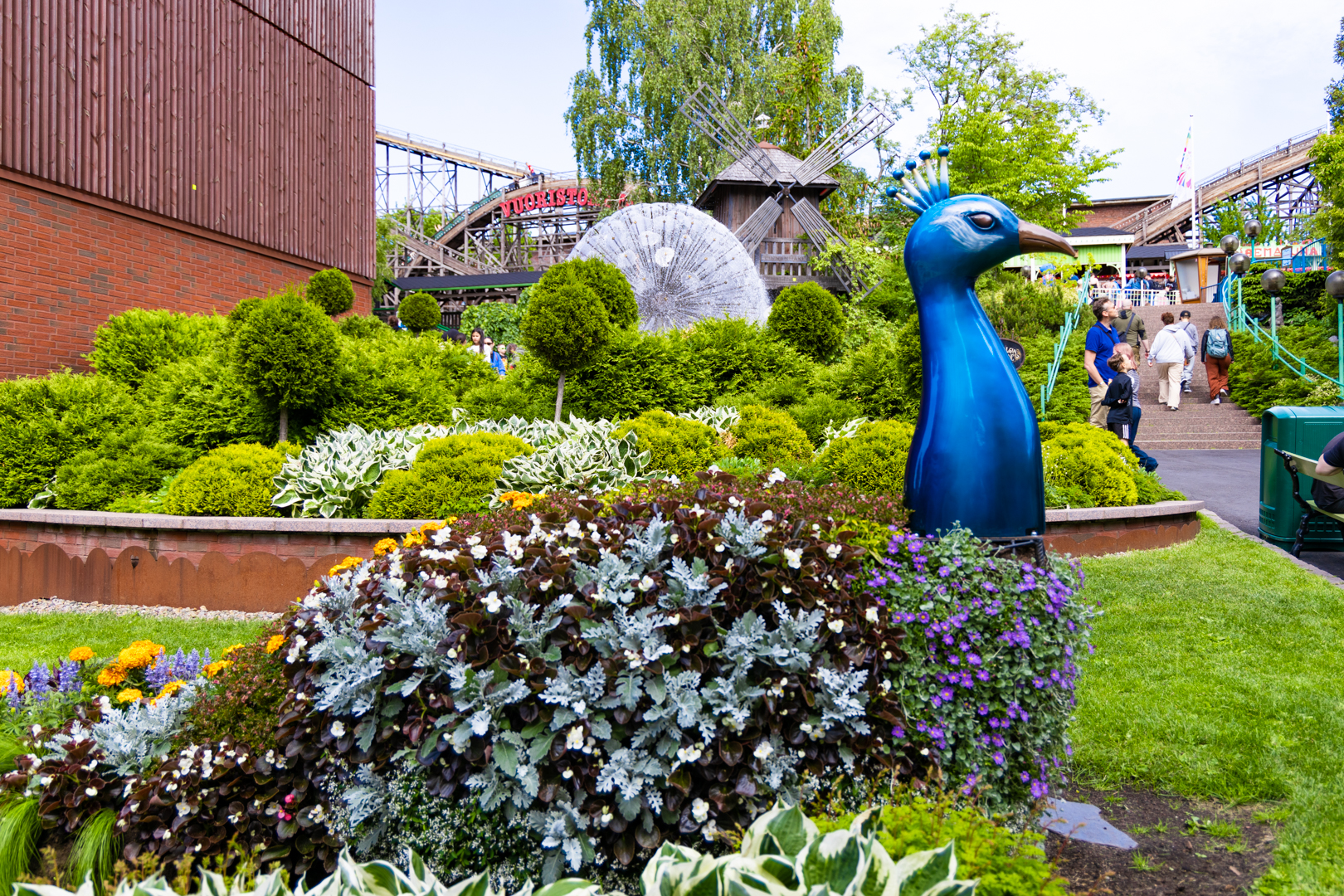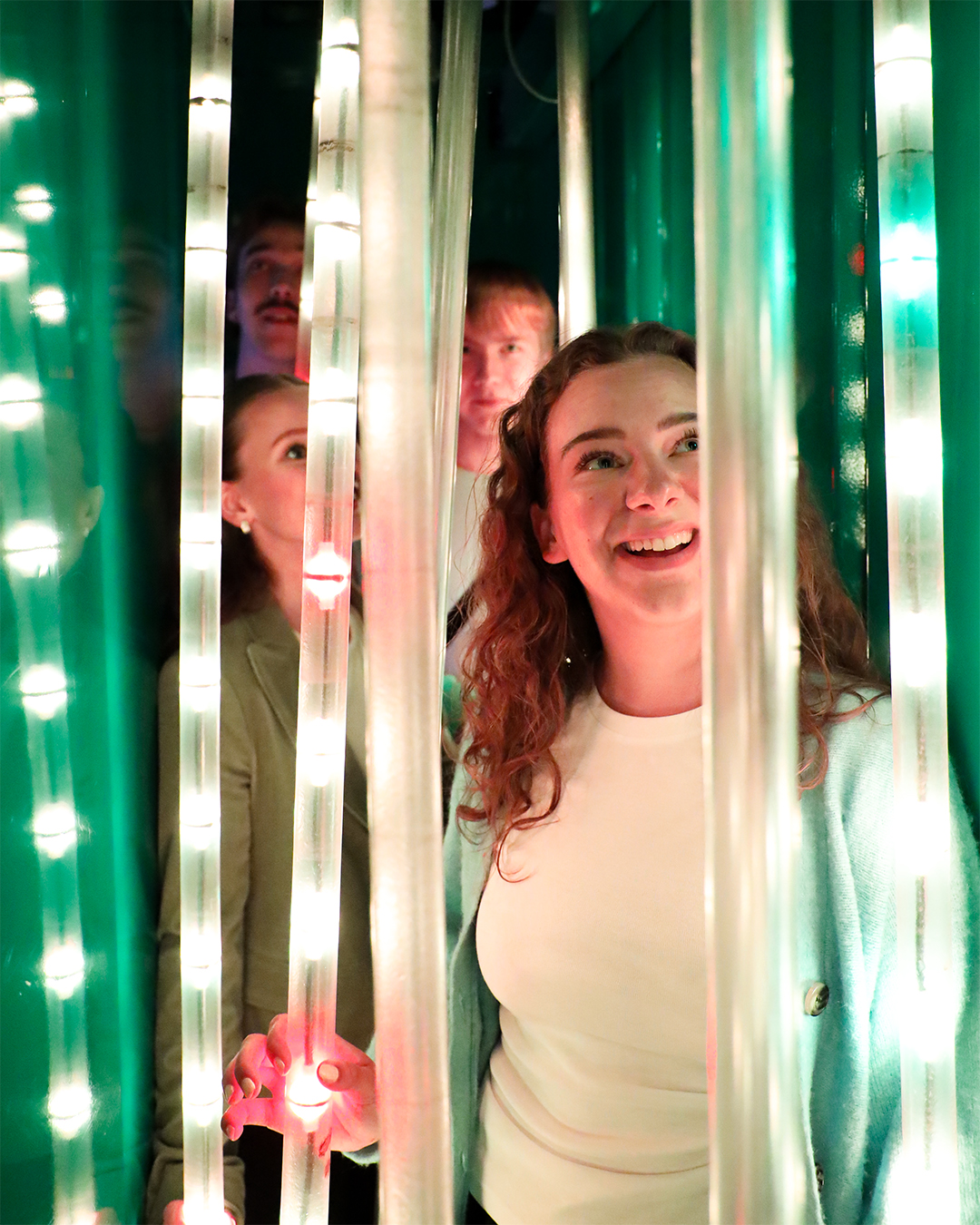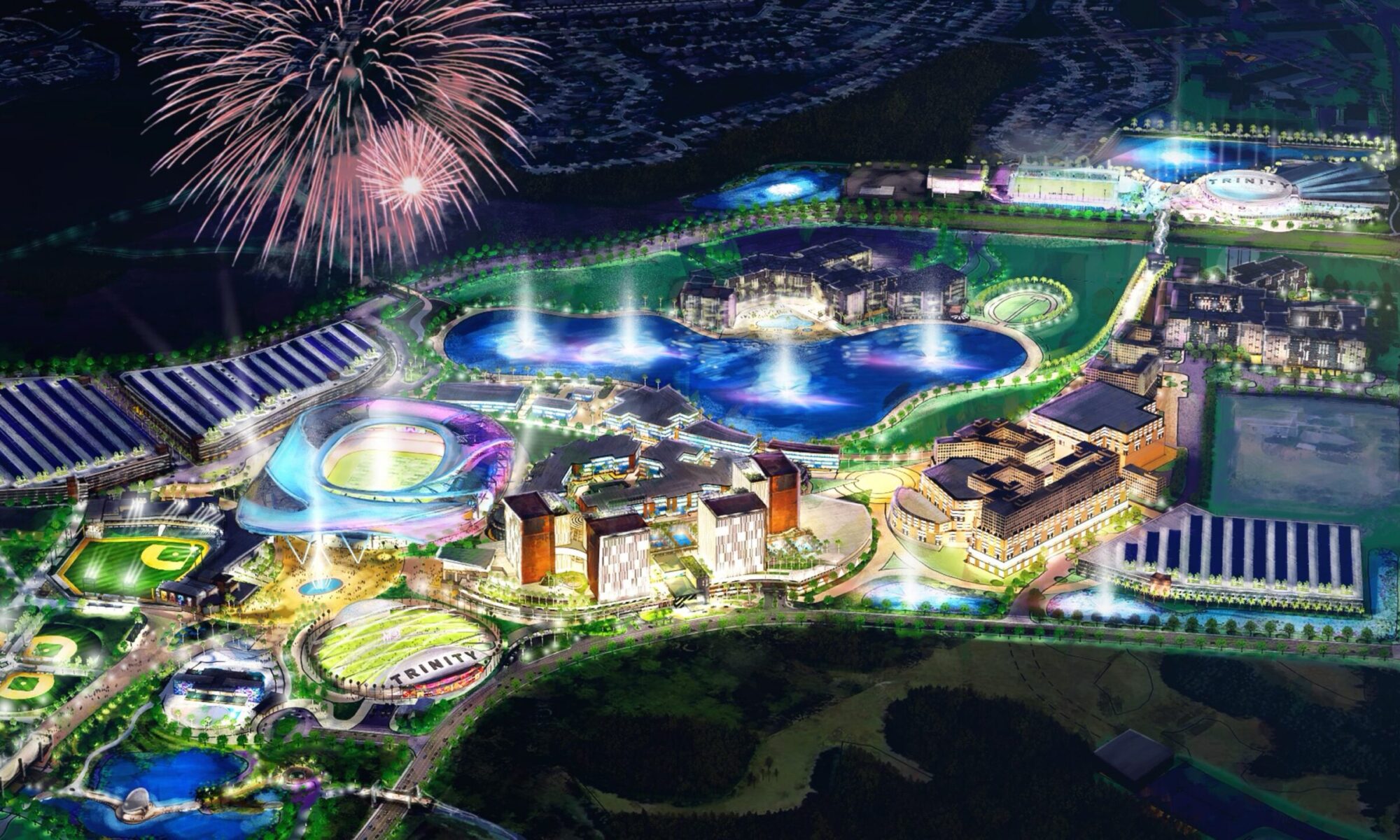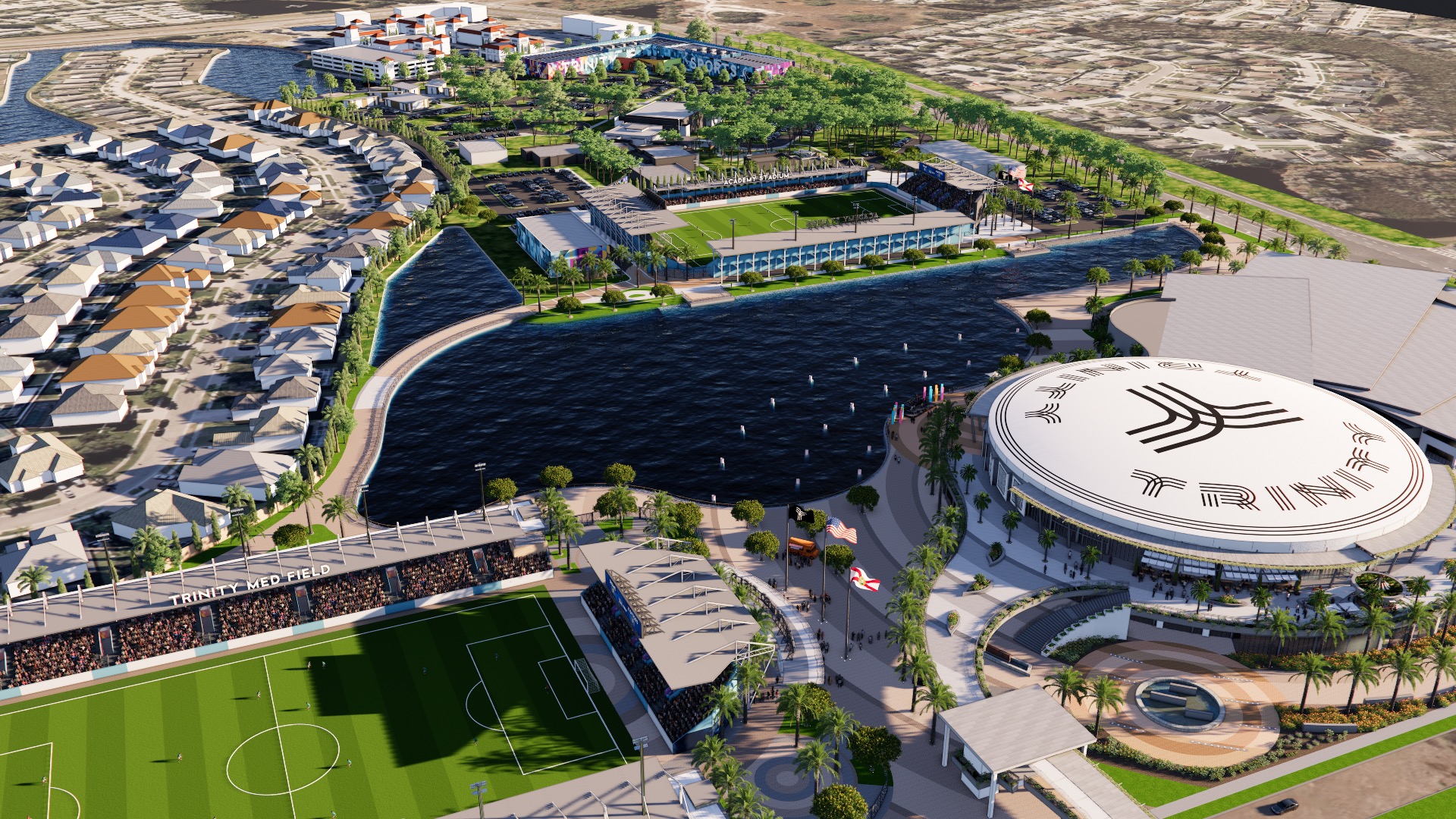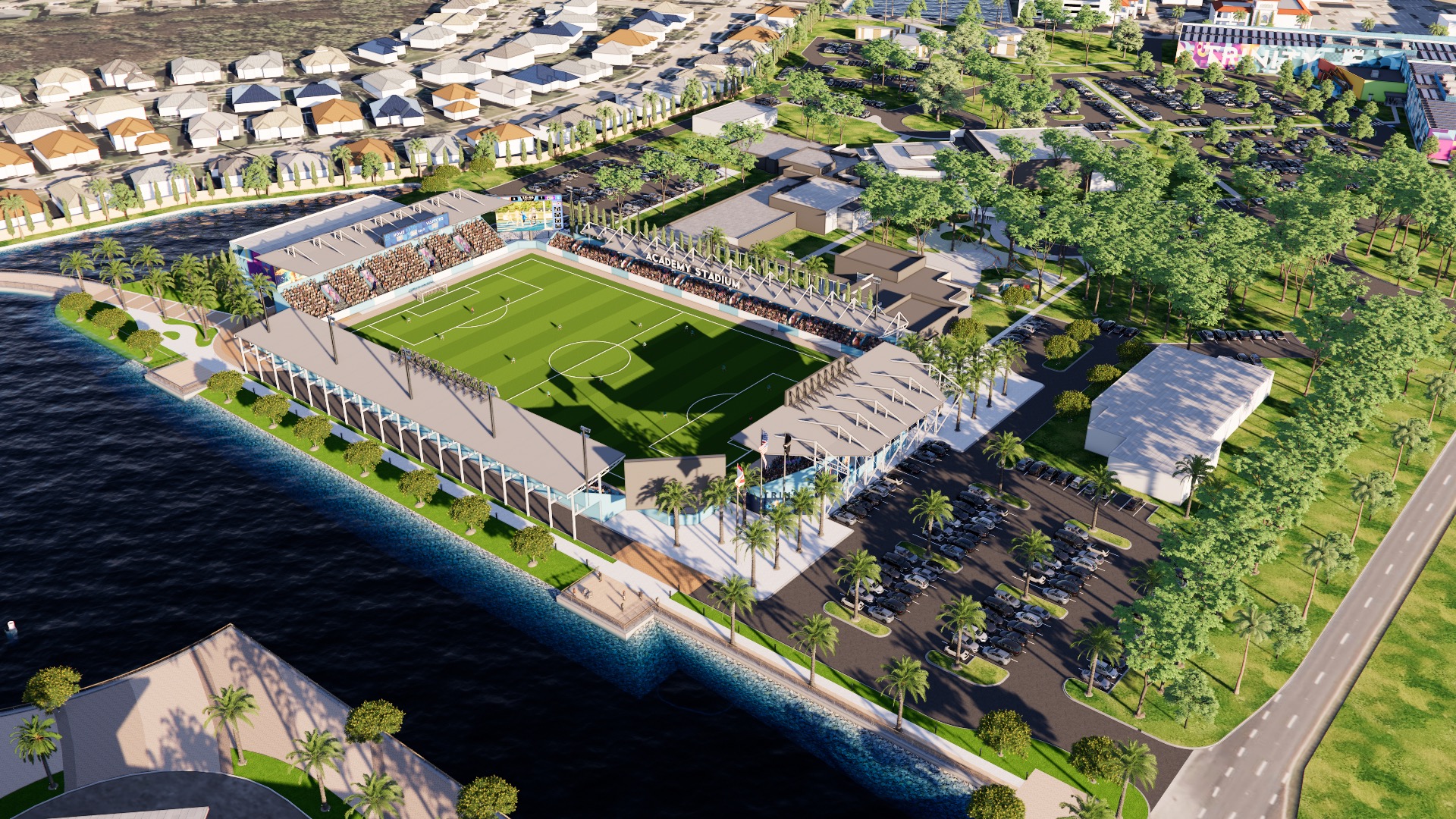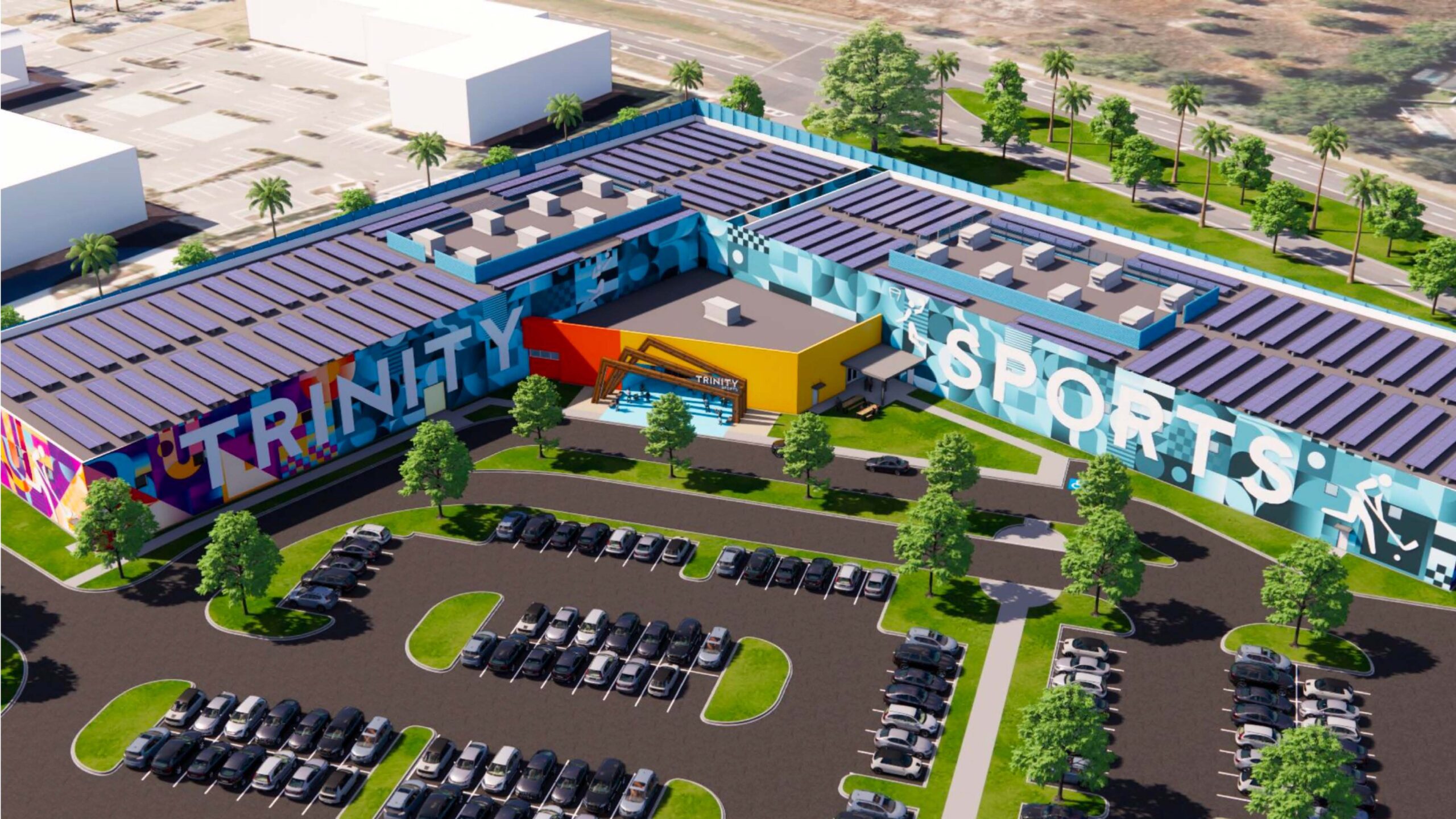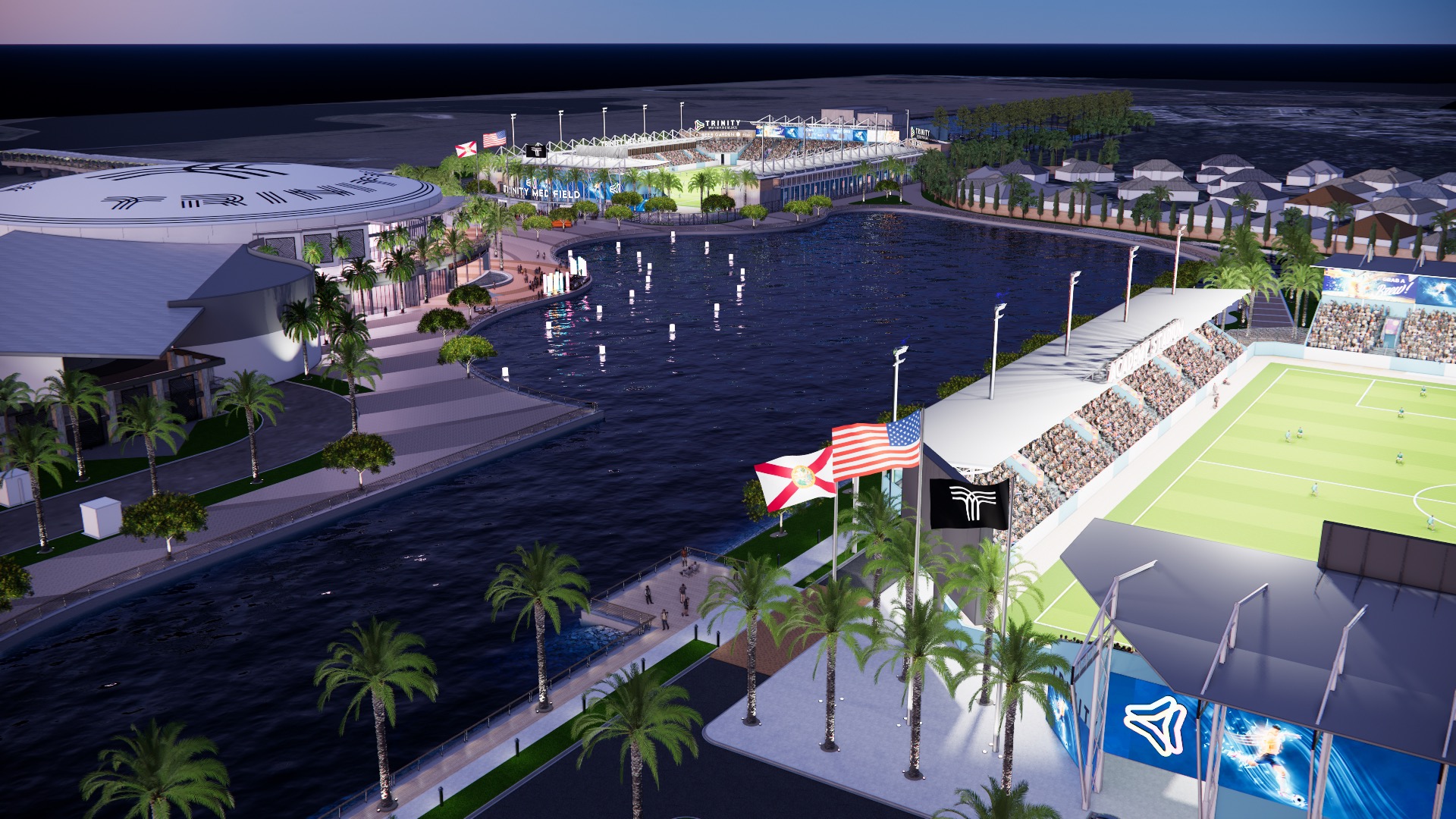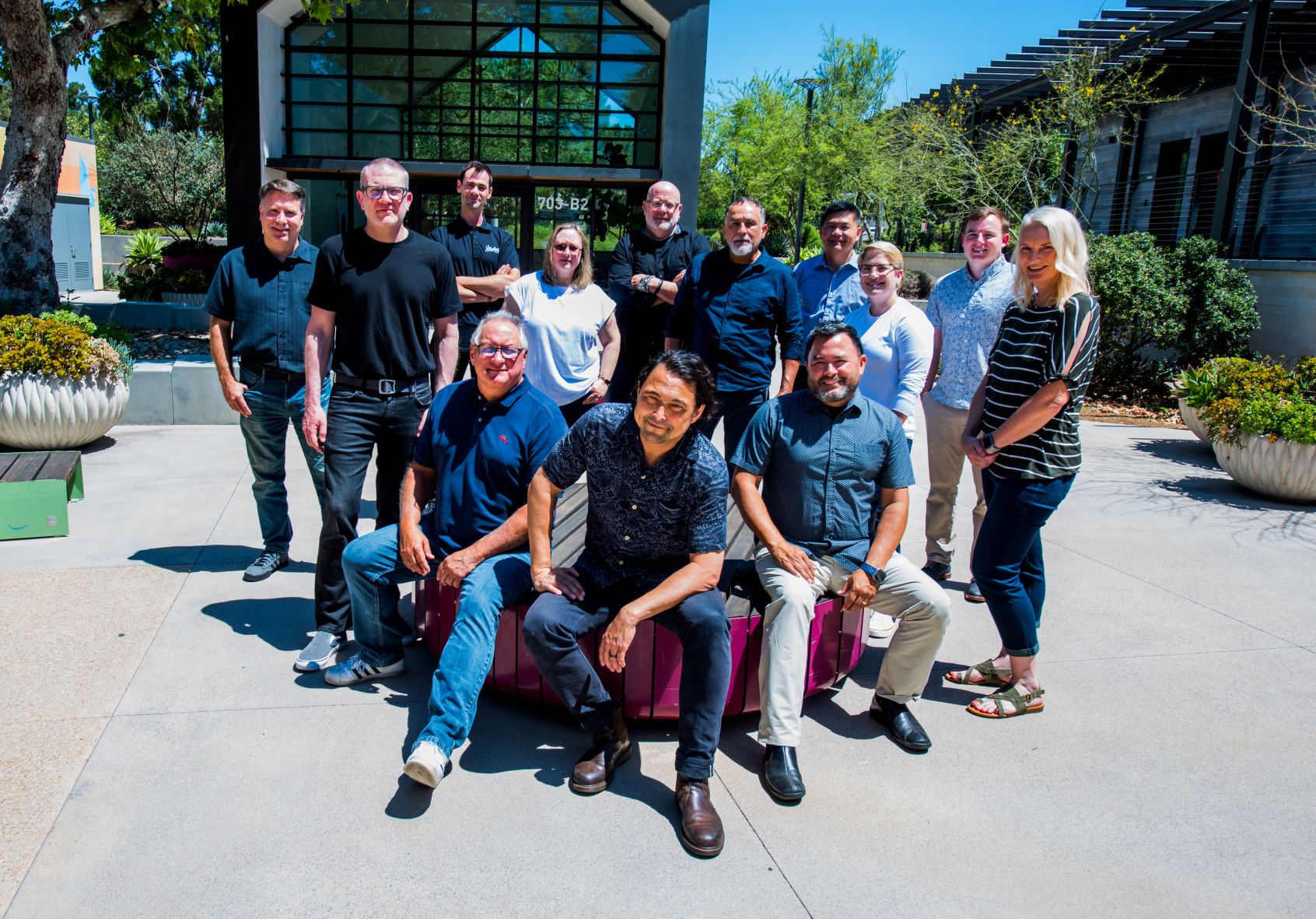When PortAventura World became a B Corp in 2022, a clear message was sent that the business had a laser sharp focus on sustainability.
PortAventura World has been focused on sustainability since its inception in 1995, and in 2008 they committed to the UN Global Compact, expanding their sustainability efforts to social and governance initiatives. Over the years, they have steadily embedded sustainability into their core business strategy, moving from a parallel sustainability program to a fully integrated, purpose-driven approach.
We caught up with Choni Fernandez, Chief Sustainability Officer, to understand how PortAventura World is planning to continue leading the industry in sustainable best practices, and the challenges it faces in implementing a holistic strategy.
Marie Rayner (MR): Hi Choni – thank you for meeting with us today. As Chief Sustainability Officer, you have a big role to play in PortAventura World’s sustainability strategy – what do you enjoy about your role?
Choni Fernandez (CF): My role blends being the sustainability director with customer service and communication. It has been an incredible journey for me – we have started from scratch and year by year we have been able to construct sustainability into all the different departments. This has truly become my passion because we have learned how sustainability can be a real driver into the overarching PortAventura World strategy.
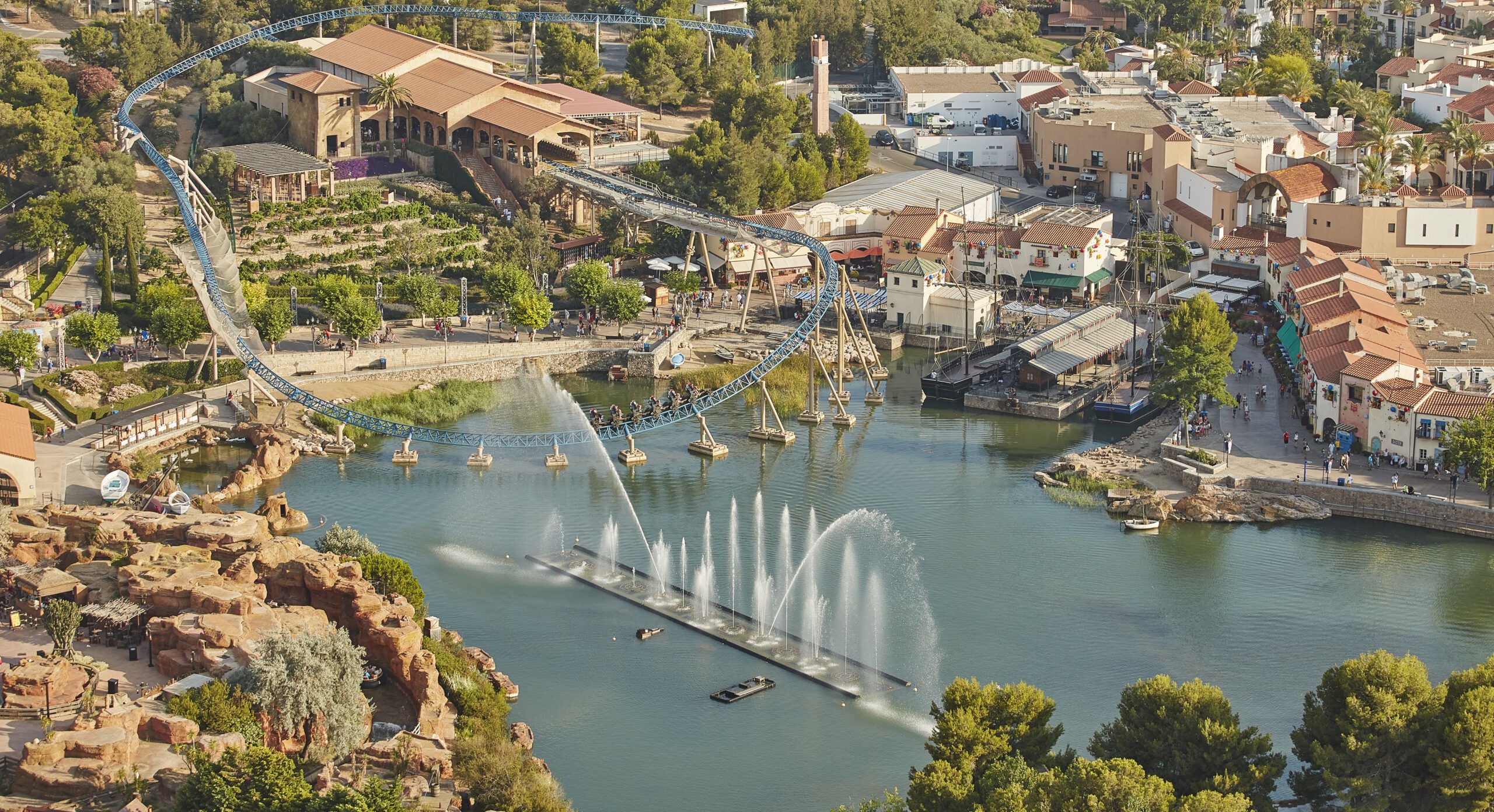 Photo Credit: PortAventura World
Photo Credit: PortAventura World
MR: What was the starting point for Port Aventura World?
CF: PortAventura World opened in 1995 as the first theme park in Spain. It was already built with a sustainable vision and respect to the environment, partly because we have water scarcity in the area, so it was important to develop the project to take care of natural resources. This vision was in the origins of the park.
Since then, we have integrated responsible management into our business strategy – starting in 2008 when we committed to the United Nations Global Compact and its 10 principles.
From that point on, we talk not only about environmental, but also social issues. So this became a holistic approach considering suppliers, employees, and customers.
MR: And how did you manage that evolution – how did you move the business through the stages, to get to where you are now?
CF: At the beginning the sustainability strategy was parallel to the business strategy. Over time we have fused them, so now sustainability belongs to the business strategy of the company. We moved ourselves to a purpose-driven company, and that’s the reason why we decided to certify as a B Corp. Not only did we want to change our attitude, we also wanted to protect at a governance level that the company has a purpose, and that all stakeholders should look after this purpose.
It has been an evolution. We used to have a mission, now it’s evolved to a purpose. It’s the reason why we exist. That is, we exist to create unforgettable experiences, which also have a positive impact on people and on the planet.
This is not an empty sentence, it’s the philosophy and the reason why we succeed. The purpose is translated into strategy, actions, and then investment in resources. Being a purpose driven company is really a way to set the future path the company wants to follow.
MR: This is a fantastic way to look at purpose and strategy. How did you build support and buy-in from your stakeholders?
CF: When we think in terms of purpose and having a positive impact on people, the first thing we need to do is have direct contact with our stakeholders, and have the feedback and information about what they expect from our company.
We started with different surveys and focus groups to really understand the expectations on the company from different stakeholder groups.
This was really amazing. For example, some of our most important stakeholders are our suppliers. We have 1,200 suppliers – as big as Coca Cola and as small as a painter from the local area.
We met with them to understand their expectations, explain our ambitions, and understand how they could be part of it.
This was very much an open discussion, we wanted to listen to them and understand their feedback, with the hope that they could become part of our plan.
The answer was super positive and amazing, and now the dialogue with suppliers is an annual event that has grown enormously; we have supplier awards for the best service, the best sustainability solution, and the highest score in H&S.
Our suppliers are part of the PortAventura World community and as a result of this, we have a better engagement and relation from these stakeholders.
With regards to employees, we ran different surveys asking them ‘what do you think the company can do better?’, ‘What are the activities and projects that we can put in place for you?’
This survey ran before and after the pandemic and health and wellbeing was a consistently high priority for our employees, along with training and development. As a result, we started to create a wellbeing program with different workshops on e.g. healthy eating, stopping smoking, etc. Our wellbeing program has been so strong that we have created our own training room inside the resort offering both mental and physical wellbeing programs to all of our employees.
MR: It must have been rewarding to see the program grow and have a positive impact on employees?
CF: As with all sustainability initiatives, we start off small, we consolidate, integrate, and embed the action into the company, then we make it bigger. The wellbeing program started off as the result of a survey – now all the employees that participate have increased employee engagement, and we’ve also reduced absenteeism. It’s important to measure the return on sustainability projects, because part of what makes something sustainable is how it creates value.
MR: Completely agree! We’ve talked about suppliers and employees, are there any initiatives that have come from customer feedback?
CF: We run surveys for customer satisfaction every day in our parks and hotels. We learned that some groups with e.g. special needs/disabilities were not happy with the experience.
So we took these insights and developed a plan to improve inclusivity inside the resorts. This included improvements for autistic guests.
One of the most visible things we did was introduce Julia from Sesame Street – the first character to be diagnosed with autism. She is part of a show in our Sesame Street area. Not only do autistic children see representation through Julia, she also helps children to learn about autism.
We have also prepared pictograms for these children who do not have the ability to express themselves properly with language. This simple action, to prepare pictograms that provide guests with the ability to express themselves, is actually a big improvement in the guest experience for these customers.
Through this, we are increasing the engagement with this group of customers and improving their experience – which is what we want. We want every guest to have a wonderful time at PortAventura World. But additionally, this increased engagement is also driving more visits to the park for people with special needs.
Sustainability is not a ‘nice to have’, it’s something that must also create value, and we need to incorporate it into our P&L. We need to show that if we invest in our employees, increase their engagement and reduce absences, this investment has a real translation to the P&L. Sustainability projects can reduce costs or increase revenues – this is very possible and needs to be demonstrated in a way that the Chief Financial Officer will understand!
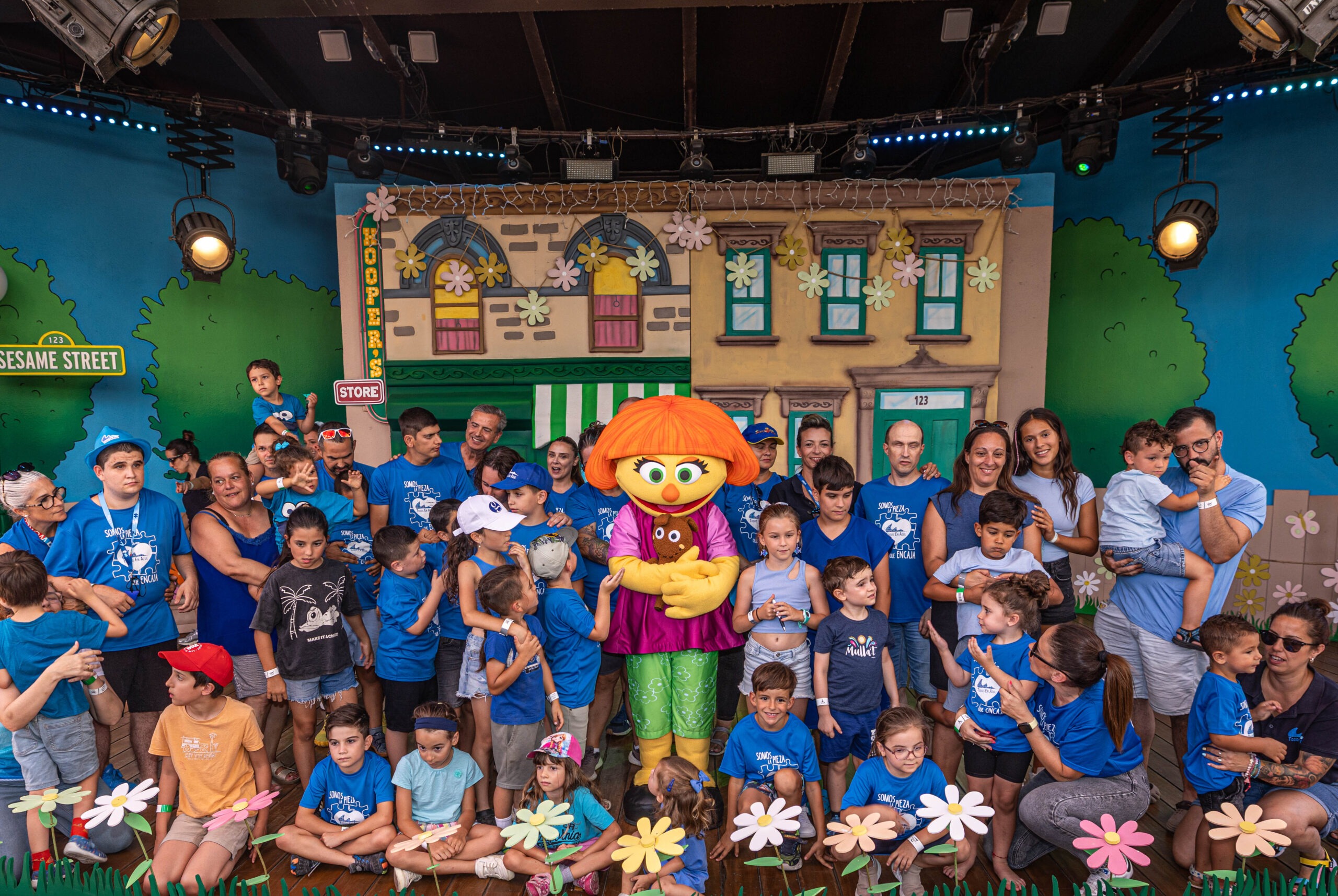 Photo Credit: PortAventura World
Photo Credit: PortAventura World
MR: Some of these projects can take time to show revenue, etc. Are there times when it’s difficult to explain the return on investment or the impact on the P&L?
CF: Sustainability at our starting point was the environmental side. It’s easy to explain that if you use solar panels you can save money on your electricity bill, but sustainability is not only about the environment. That is only one-third of a holistic approach, we also need to take care of the social part and the governance, obviously – the ESG.
Sustainability is a long-term project. Sustainability Managers manage different inputs across various departments. Many times the returns are not immediate. For example, when you want to increase the number of guests visiting the park with different disabilities, this is a step-by-step process. You need to set a target and be confident that you are going to deliver on these expectations.
So taking the same example – we have our character with autism, Julia, but now we need to train our staff so they can understand and be supportive of the needs of neurodiverse guests.
We’ve started small and we will keep on expanding this program. In several years we will be able to demonstrate how many people have arrived because we have a special program. Today we’re talking about autism, but next we might be looking at programs for visually impaired guests. These are challenges, but they are also opportunities.
It’s fascinating that, in our industry, we have the opportunity to be really accessible for everybody. Not all businesses have the opportunity we have – we are in an industry that makes people happy! Our purpose is to create unforgettable experiences and we cannot lose the opportunity to enlarge this purpose, so that everybody really can enjoy our parks. And not just theme parks, but also museums, water parks and other experiences.
We have this absolutely amazing opportunity to really be entertainment for everybody, to really create a positive impact on people, because we leave nobody behind.
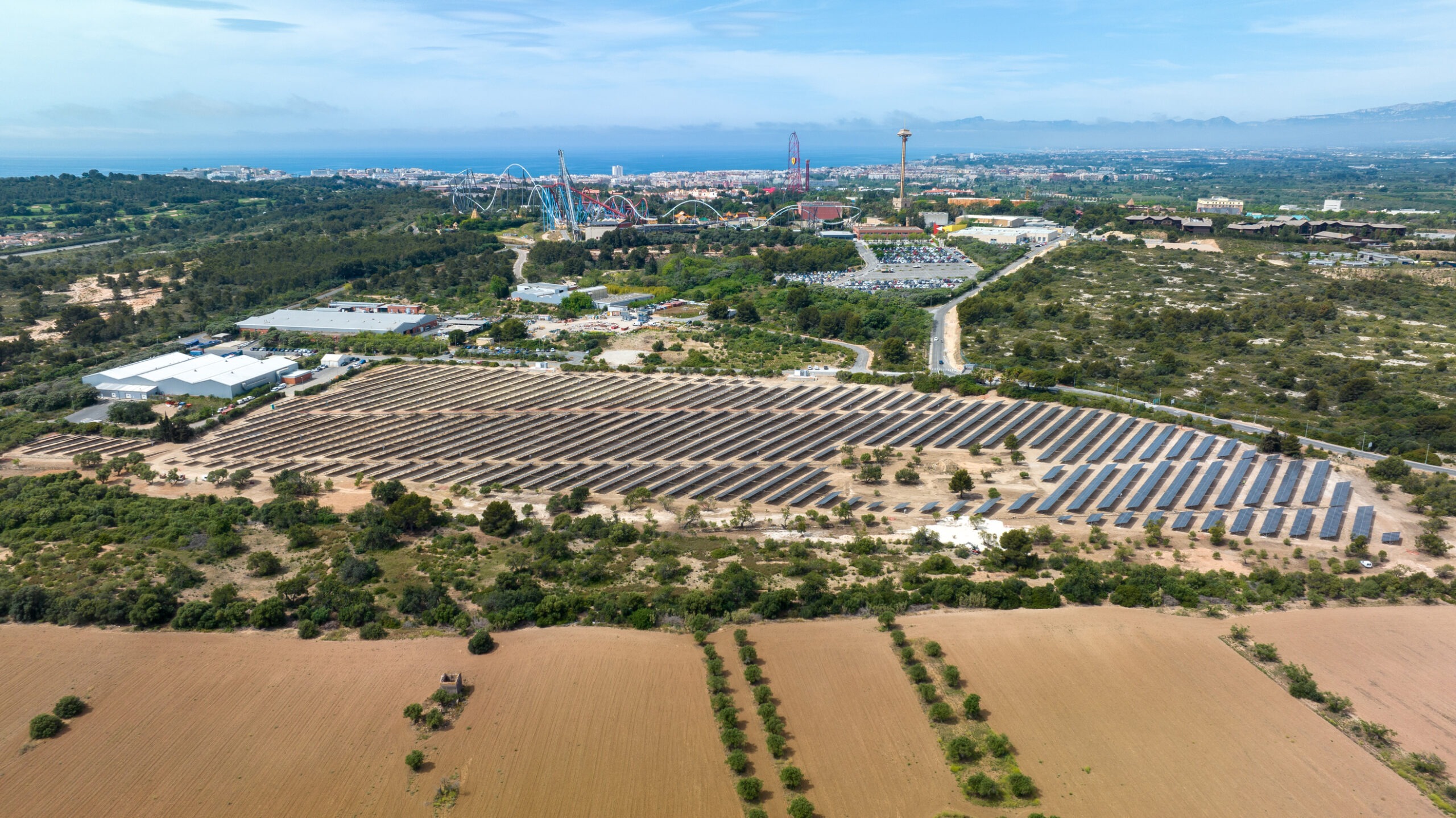
MR: Do you see your sustainability strategy as being a driver of visitors to your park?
CF: A small percentage of guests do choose PortAventura World because we address specific inclusivity, accessibility, or dietary needs, for example. But for most visitors, sustainability isn’t the primary driver of their decision. They come for our unique rides and wonderful shows, and while sustainability may not be what brings them here, they really appreciate that we are investing in those projects.
Where we see sustainability making a real difference is with our B2B customers (travel agencies, event organizers, and companies using our conference center). For them, the sustainability report is often the first thing they ask for, because they need to be confident we align with their own commitments.
It’s a privilege to set an example in the industry, showing what we expect from sustainability and inspiring others to adopt more sustainable practices. The interest is growing every year as more companies ask themselves how to embed sustainability into their own business models. Together, we’re helping to strengthen sustainability across the entire industry.
And it’s clear: year by year, this becomes more critical. Companies that fail to adapt risk losing both B2B and B2C customers.
MR: How do you see sustainability continuing to grow?
CF: By engaging our people, partnering with suppliers, listening to our guests, and learning from the industry, we build awareness and influence. Sustainability becomes something tangible that our employees, our suppliers, and our guests can understand. This creates a ripple effect because they also explain that to their families, and to their community, and to their neighbors.
I think we’re really helping to spread sustainability to all our stakeholders – whether it’s suppliers, peers in the industry, or others. And honestly, our employees are our best ambassadors because they see what we do every day and carry that message forward.
MR: What has been the most rewarding initiative you have worked on?
CF: One of the initiatives I’m most proud of is PortAventura Dreams Village, where we welcome families with seriously ill children for a week’s stay in their own villa. We have 10 villas in total, each with bedrooms, fully adapted private bathrooms, and a private outdoor space, along with access to shared areas like a central garden and a clubhouse. Families receive all their meals – either in the parks or at the clubhouse café – and enjoy unlimited access to all of our parks.
The families who come are often facing very difficult situations. The children are dealing with complex illnesses, and this gives them the chance to spend quality time together, to feel like a family again, and to simply enjoy themselves. We also try to arrange visits so that children with similar conditions come at the same time, which helps both the children and their parents connect with others who truly understand what they’re going through.
It’s a program that has been a real life lesson for me. What makes it even more special is the way our employees volunteer their time – running workshops, face painting, or just playing with the children after their regular shifts. They go to the village because they want to improve the positive impact on the families.
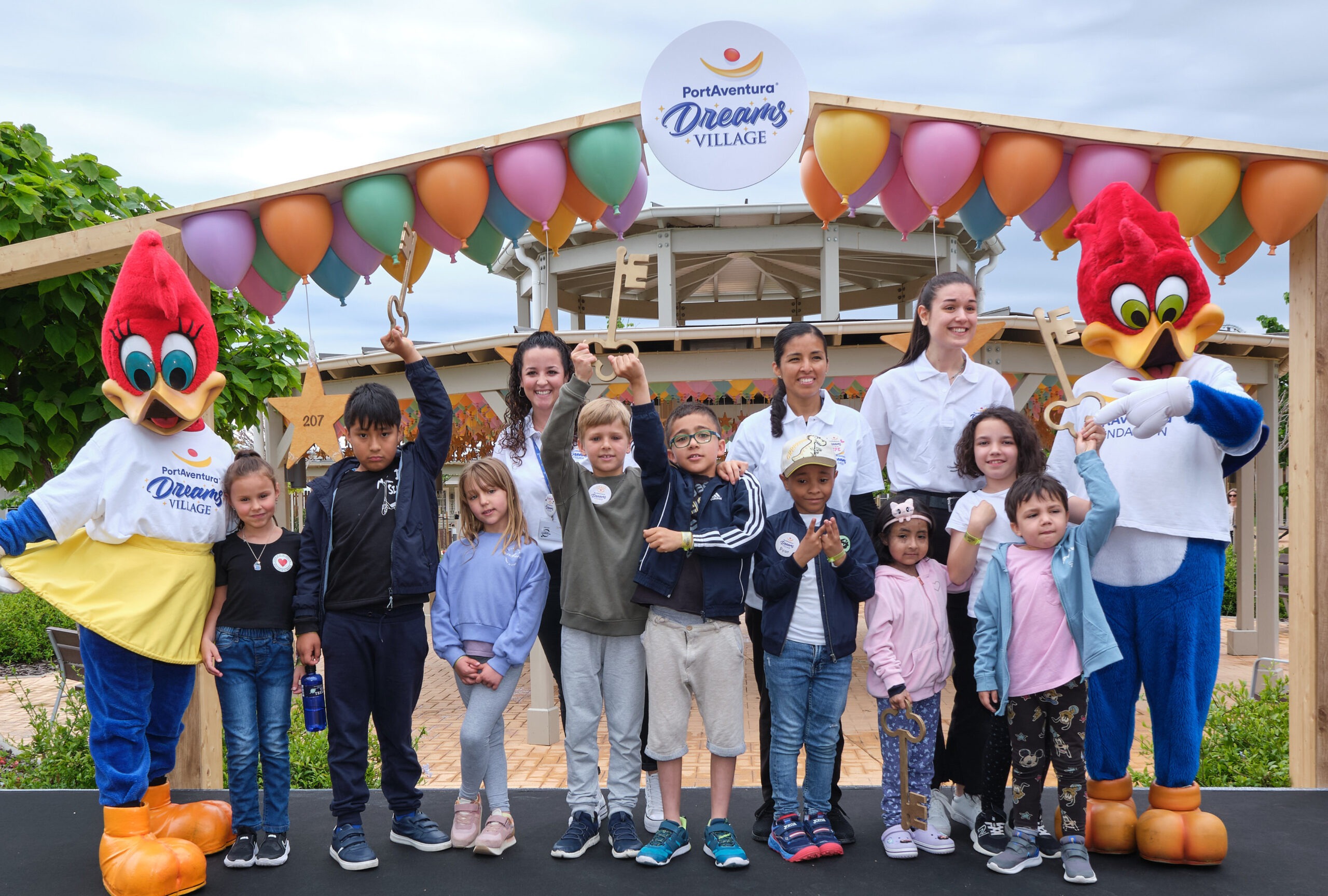 Photo Credit: PortAventura World
Photo Credit: PortAventura World
MR: What are the barriers to achieving your goals and how are you overcoming these?
CF: A big barrier for a lot of companies can be demonstrating that sustainability creates value for the company. Sustainability needs to talk the same language as CFOs. One of the things to demonstrate is that it’s an investment and not a cost.
Engage and involve all stakeholders. Sustainability is not a journey that you can do alone. You need all people on board, including visitors, suppliers, shareholders. Everybody should be on board in the same way.
MR: What excites you most about the future? What innovations are you currently seeing in the market that you would like to bring to your projects?
CF: One thing that is going to help us a lot is going to be technology and AI. That’s really something that will help us be more efficient in capturing data, for example, determine all electricity after consumption, much of this data is now recovered manually, we need technology to capture all of this data in a more efficient way.
AI is also going to help us create customized customer experiences. We can learn much more about our customers, likes, special needs, pain points. This is also a field that can really be improved with technology and AI.
MR: How would you sum up PortAventura World’s success with its sustainability strategy?
CF: It has been possible because we have shareholders and management that trust in it and have really understood that we need sustainability to be a more resilient, stronger company, and to create this value for the company. Our shareholders – and the investors behind them – really believe in the power of the company, and I’m very grateful for their support.
About PortAventura World
PortAventura World delivers unforgettable experiences for the whole family. The resort includes PortAventura Park, with more than 40 rides; Ferrari Land, a one-of-a-kind park in Europe; Caribe Aquatic Park; a convention centre; five themed four-star hotels; and a themed five-star hotel. Located a short drive from Barcelona, PortAventura World is a B Corp-certified themed resort and one of Europe’s largest family leisure and holiday destinations. Over the past 29 years it has welcomed more than 100 million visitors. Every visit becomes a unique adventure thanks to our guests and the dedication and professionalism of our team. Learn about employment opportunities at: https://www.portaventuraworld.com/us/work-with-us and join our world of unforgettable experiences.
About Storyland Studios
Storyland Studios is a full-service experience design firm with offices in the US and Europe. We imagine, design, and create immersive experiences and environments that lift the Spirit. Storyland Studios team Members and Executive Leadership include alumni from The Walt Disney Company, Walt Disney lmagineering, Pixar Animation Studios, Universal Studios, and LEGOLAND® – all passionate about creating immersive storytelling experiences that shape culture and connect with people on an emotional level. storylandstudios.com

